
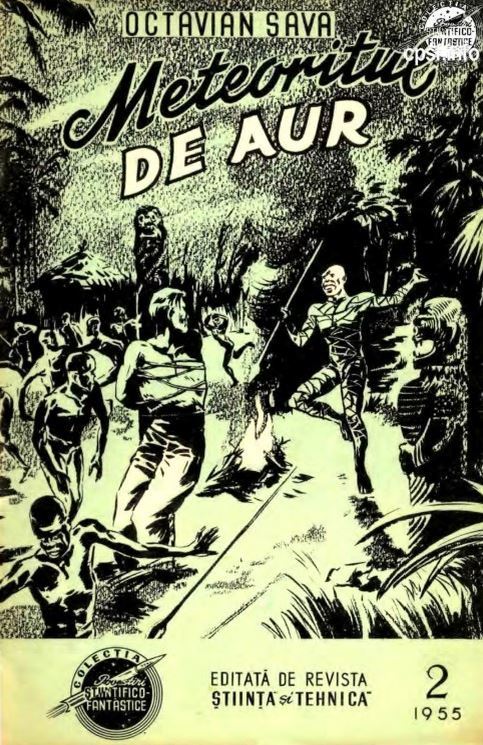
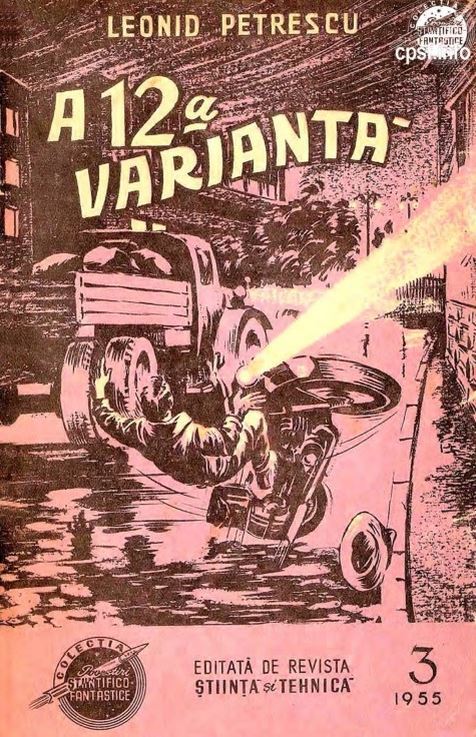
Books in series

Meteoritul de aur I
1955

Meteoritul de aur II
1955

A 12-a varianta
1955
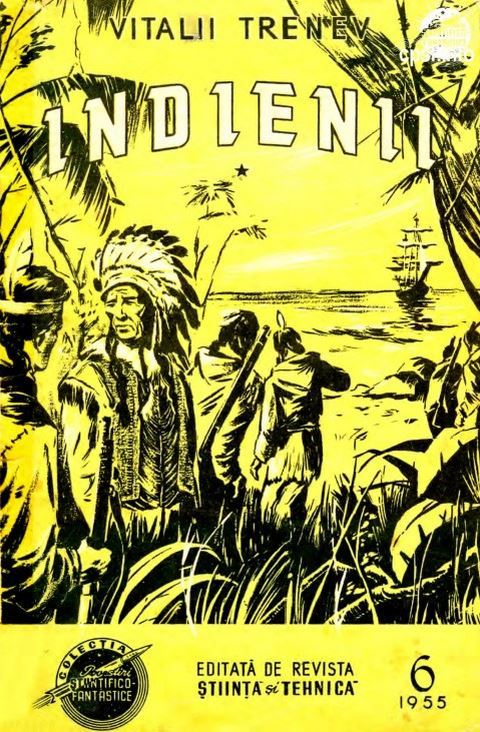
Indienii I
1955
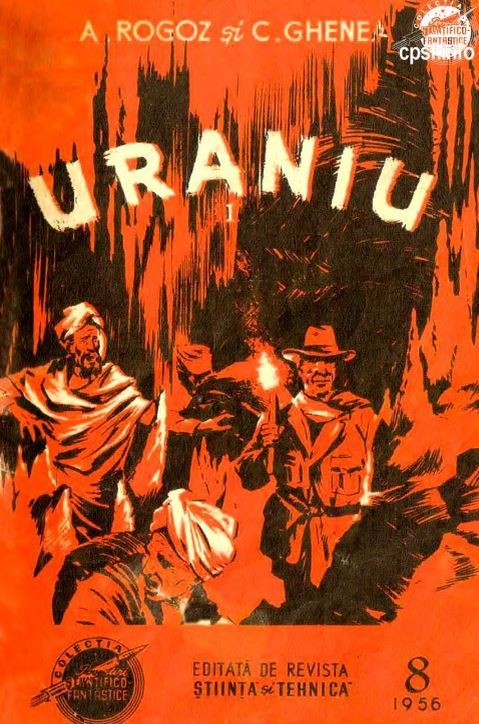
Uraniu I
1956
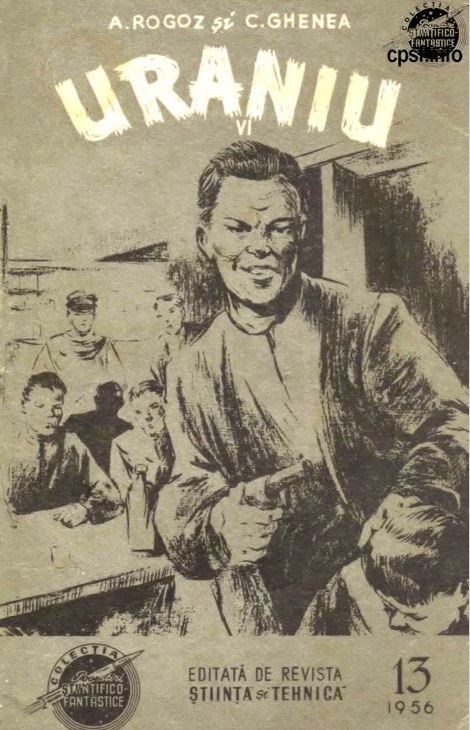
Uraniu VI
1956
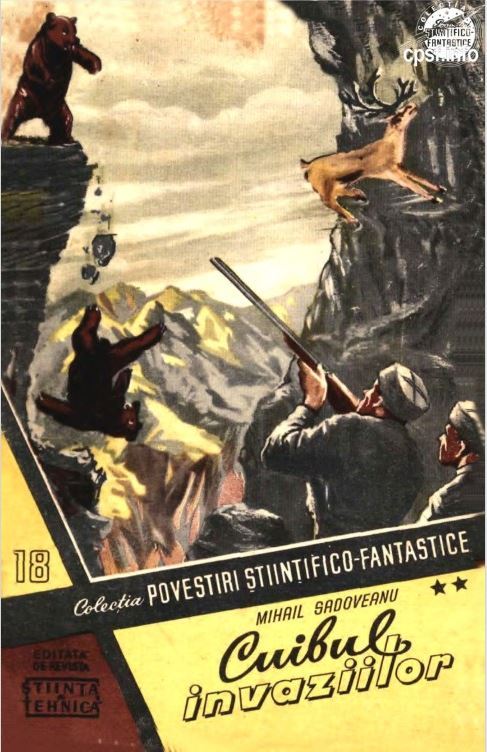
Cuibul Invaziilor **
1936
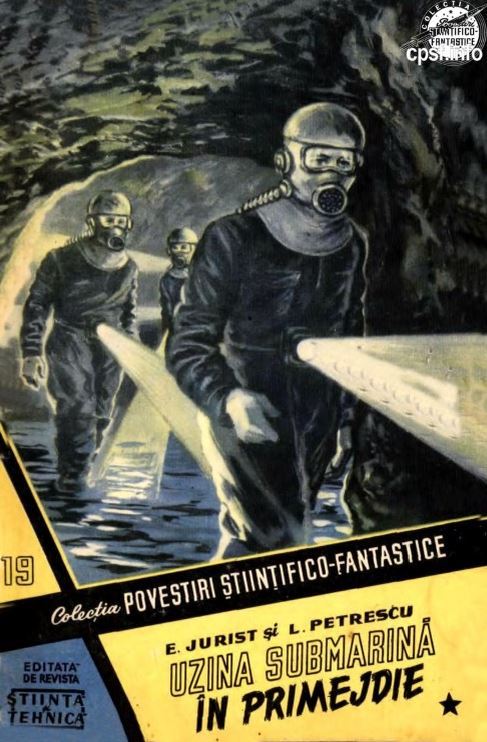
Uzina submarina in primejdie *
1956
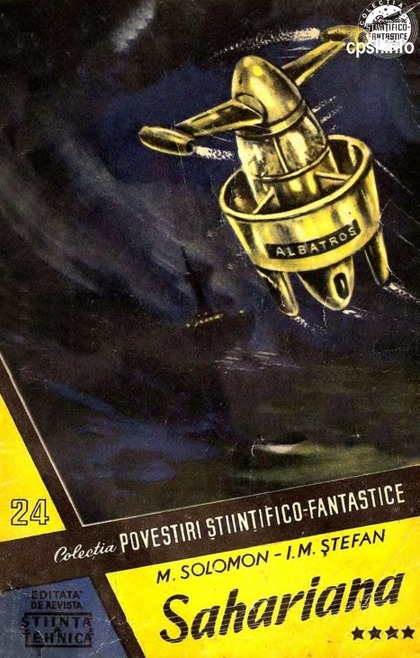
Sahariana ****
1956
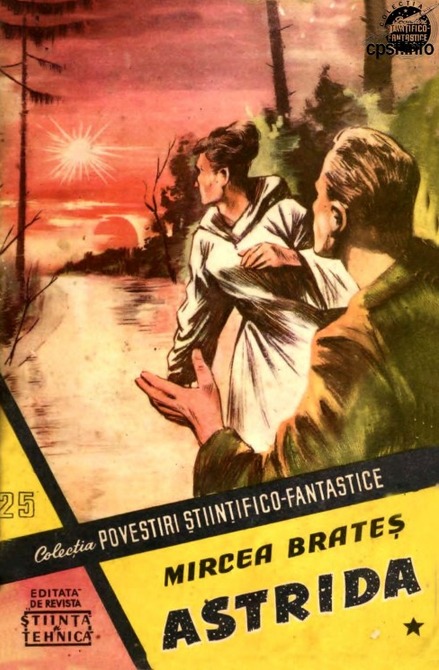
Astrida *
1956

Astrida ***
1956
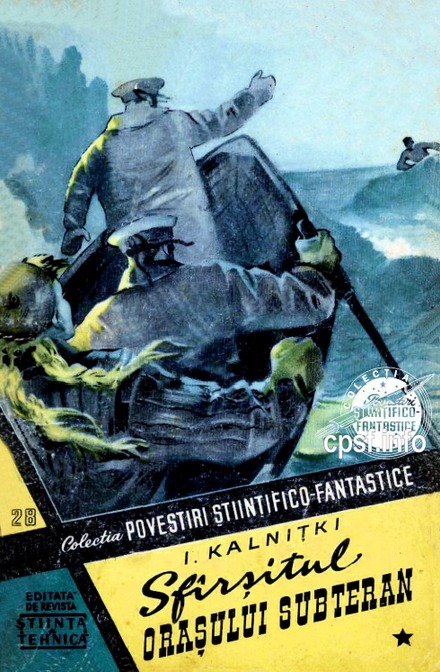
Sfîrșitul orașului subteran 1
1956
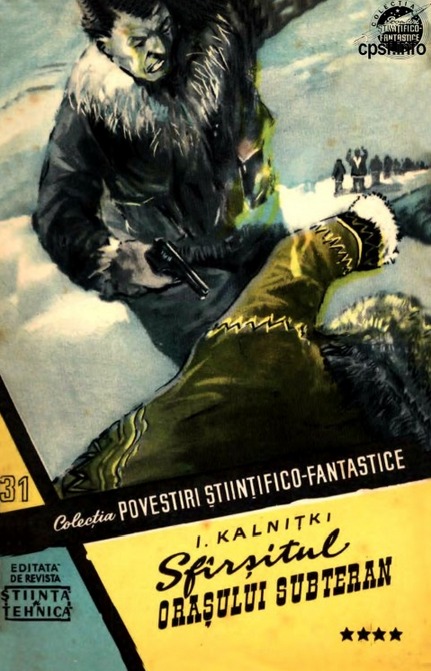
Sfîrsitul orasului subteran 4
2025
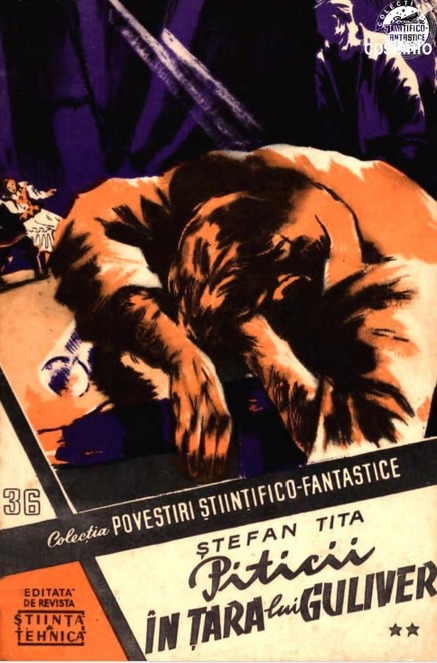
Piticii in Tara lui Guliver 2
2025
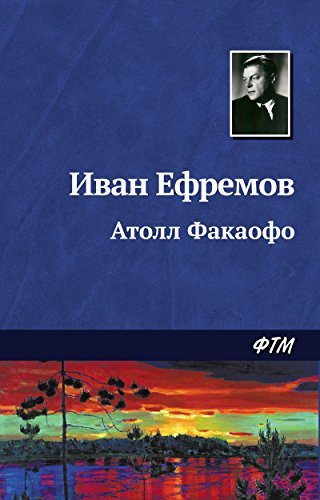
Атолл Факаофо
2014
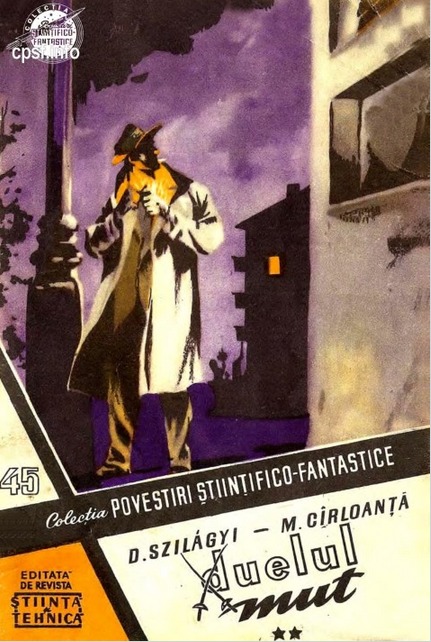
Duelul mut 2
2025
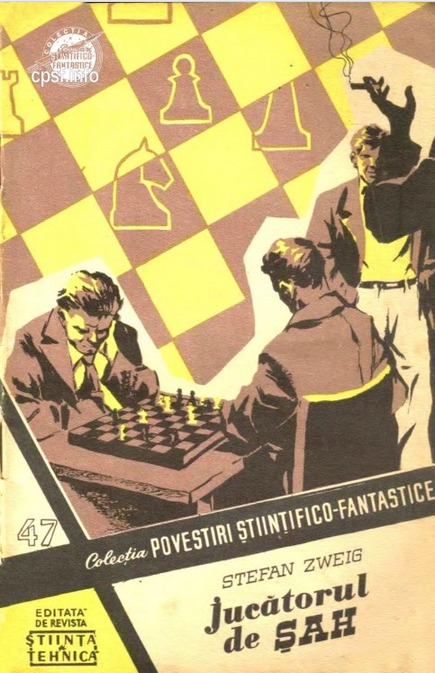
Jucatorul de Sah I
2025
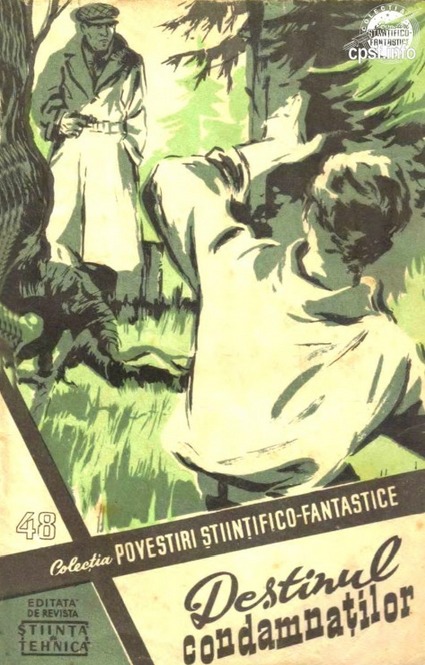
Destinul condamnaților
2025
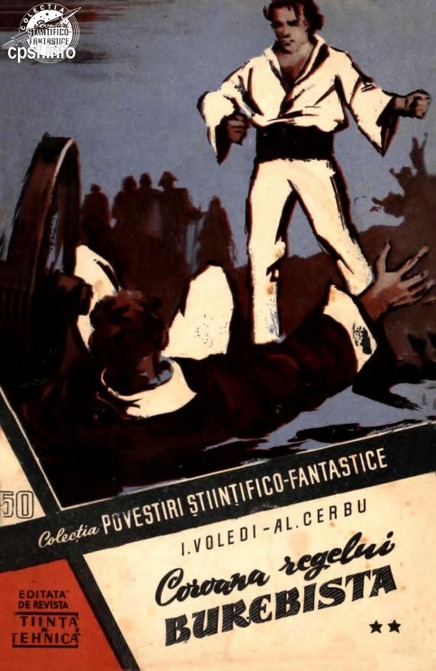
Coroana Regelui Burebista 2
2025
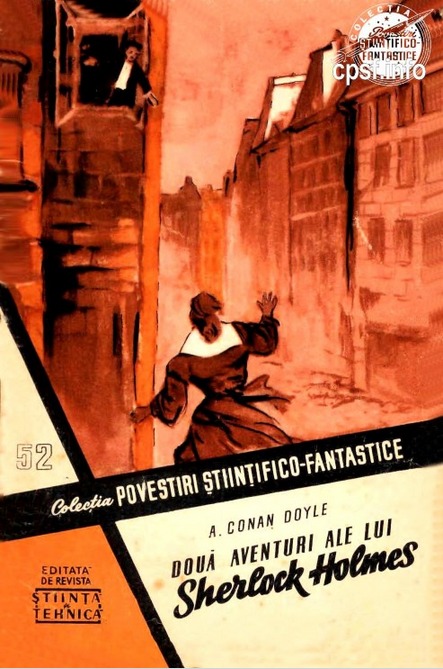
Doua aventuri ale lui Sherlock Holmes
2025
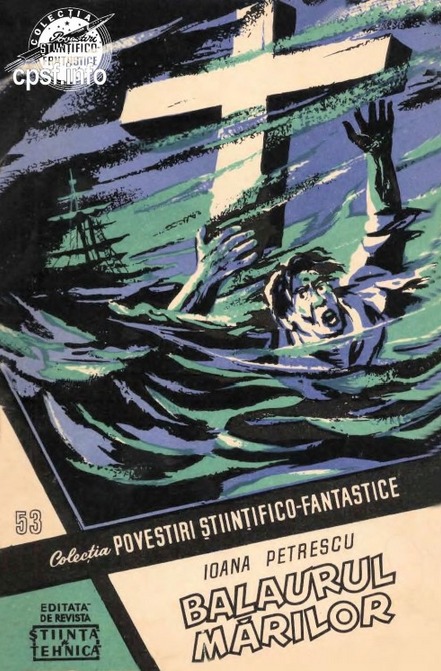
Balaurul mărilor 1
1958
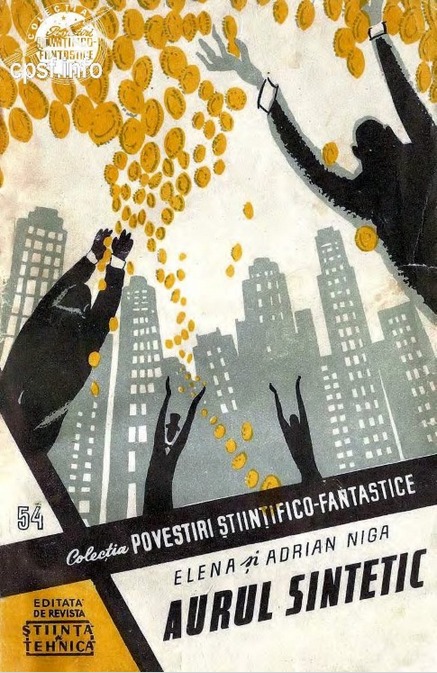
Aurul Sintetic
2025
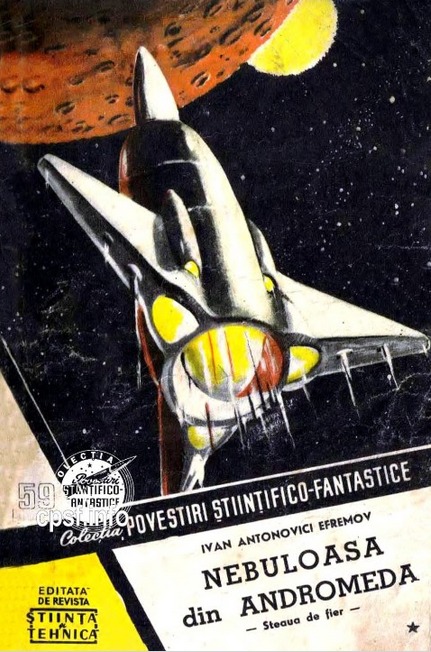
Nebuloasa din Andromeda 1
2025
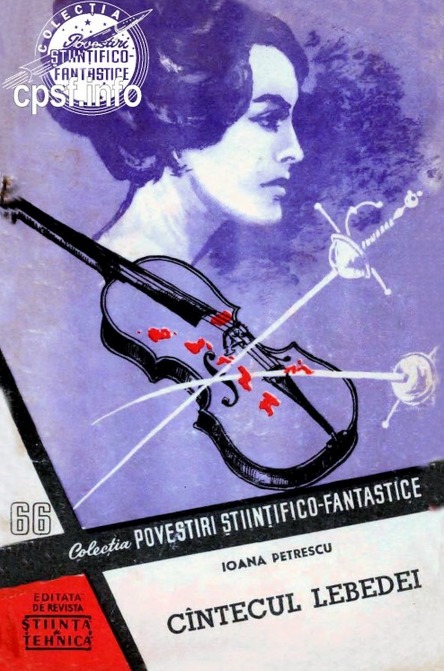
Cântecul lebedei
1957
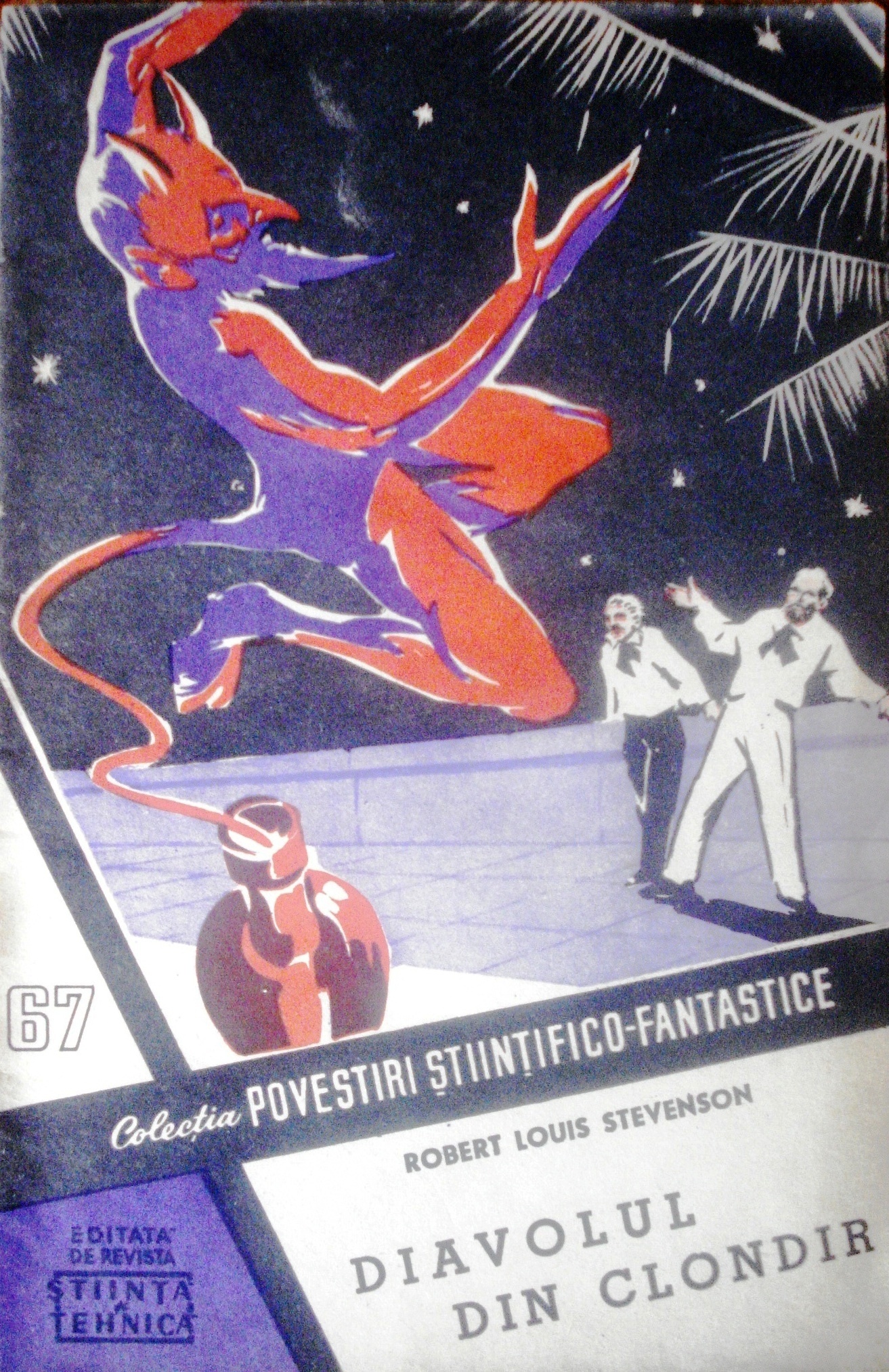
Diavolul din clondir
1958
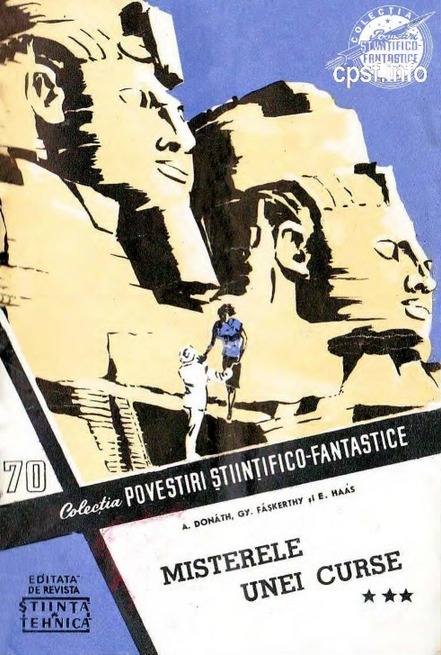
Misterele unei curse 3
2025

Făurarul de frumusețe
2025
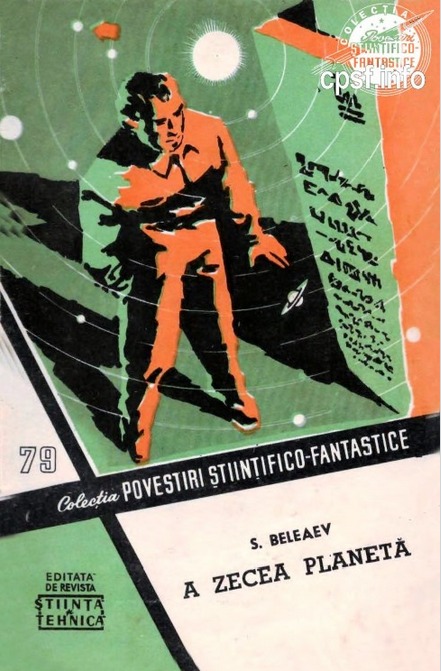
A zecea planeta
2025
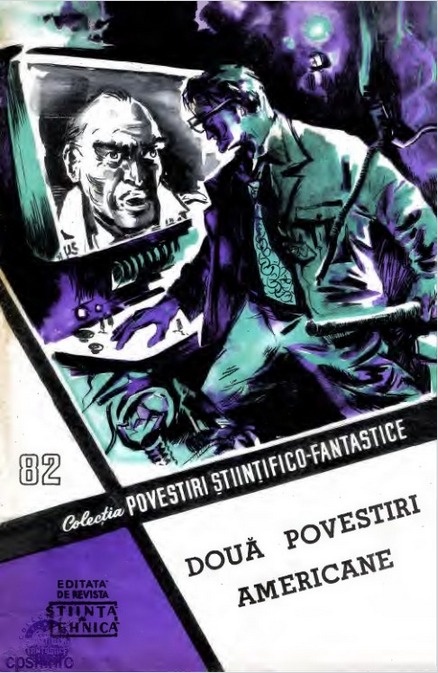
Doua povestiri americane
2025
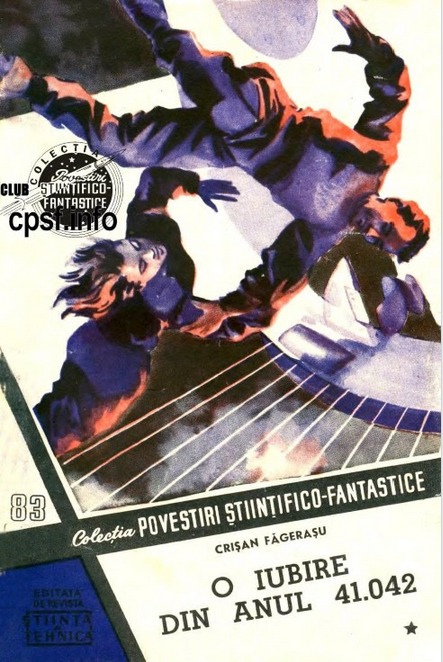
O iubire din anul 41.042, 1
2025
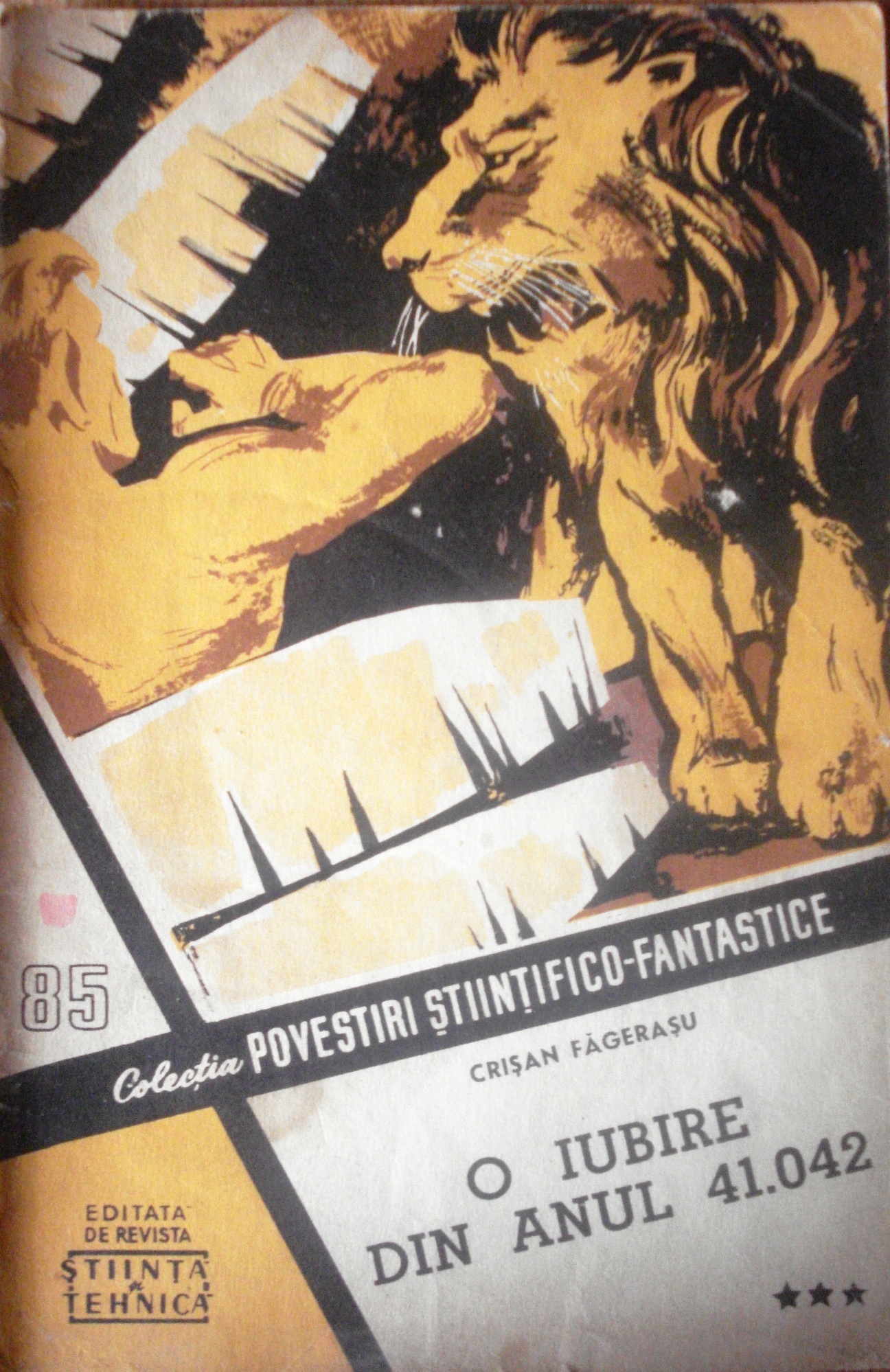
O iubire din anul 41.042, 3
1958
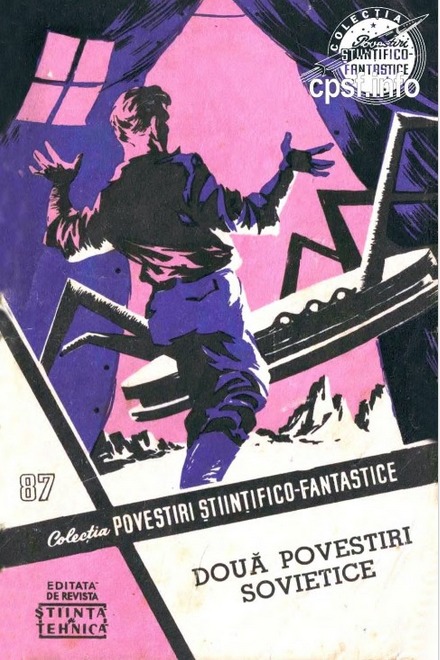
Doua povestiri sovietice
2025
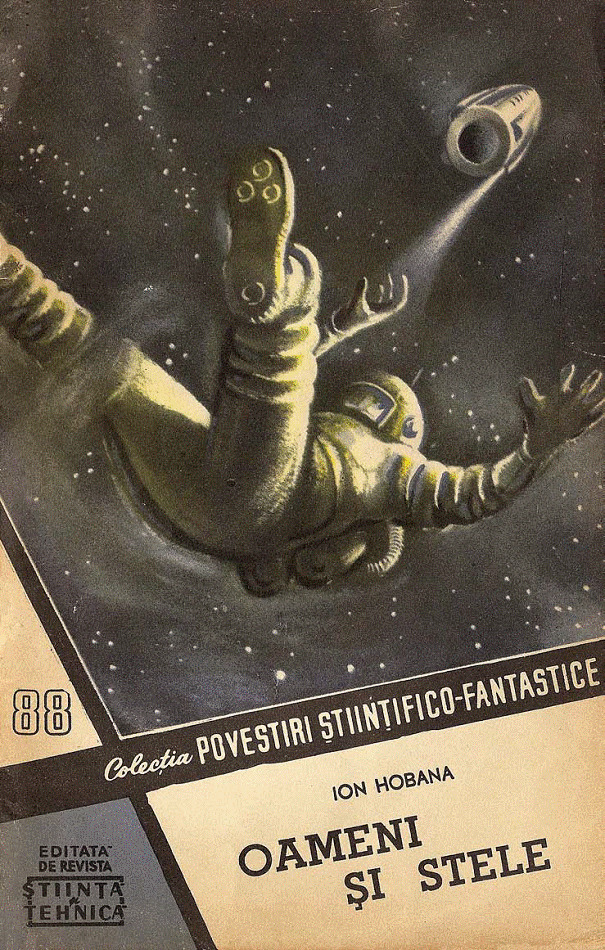
Oameni și stele
1958
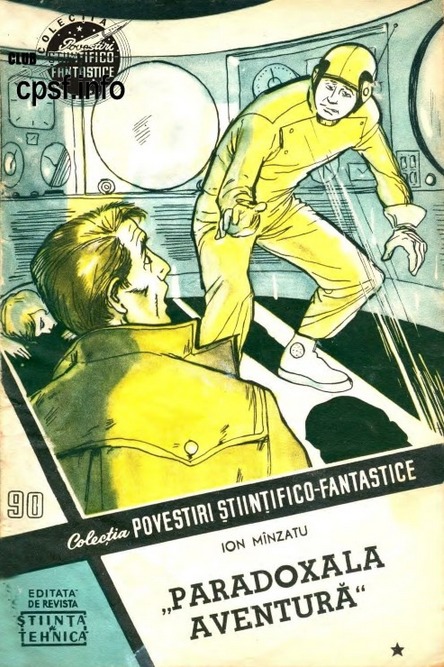
Paradoxala Aventura, 1
2025
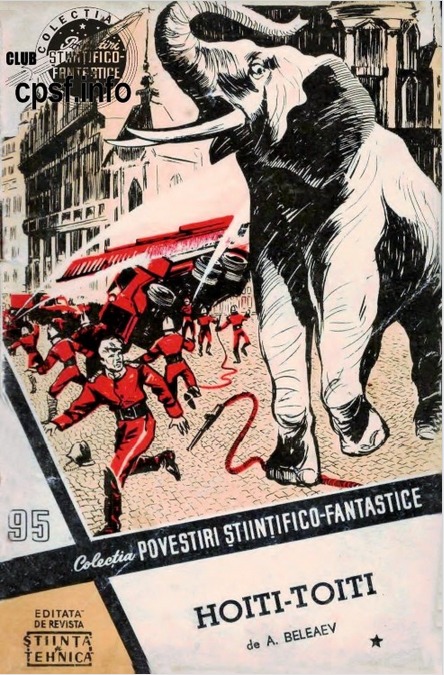
Hoiti-Toiti, 1
2025

Los cangrejos caminan sobre la isla
1958
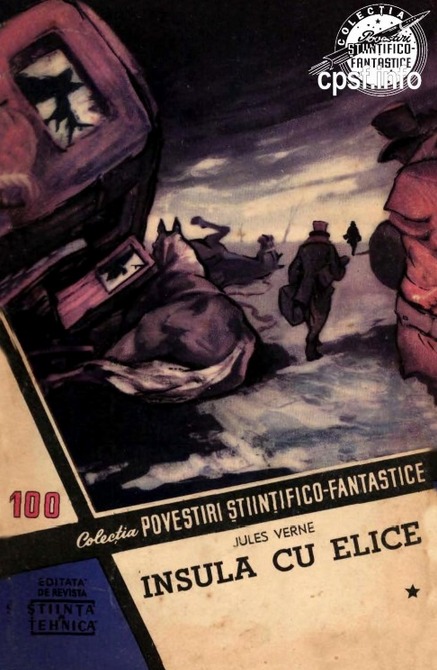
Insula cu elice, 1
1895

A ilha de hélice - Vol. II
1895
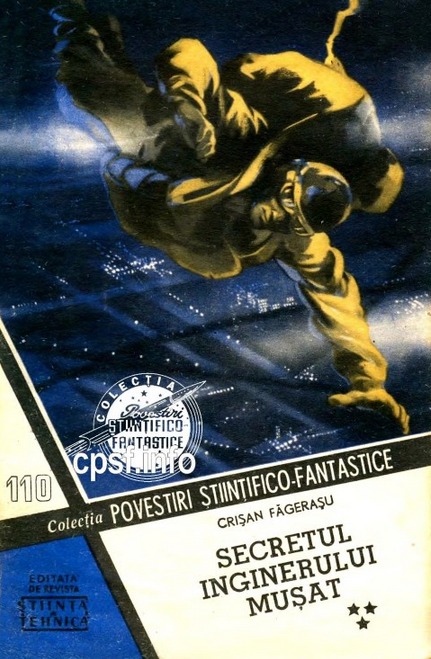
Secretul inginerului Mușat, 3
2025
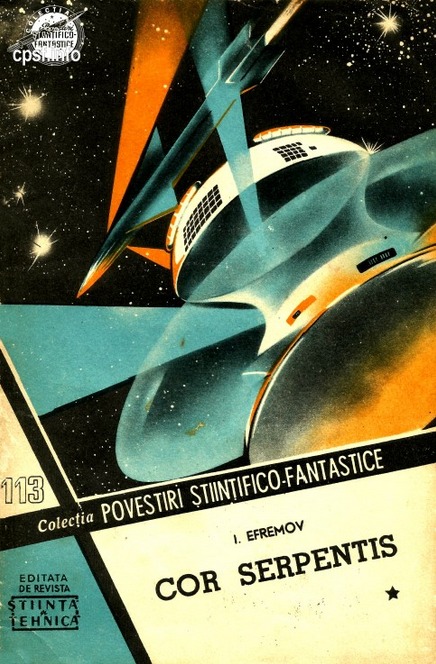
Cor Serpentis, 1 (Inima Șarpelui)
2025
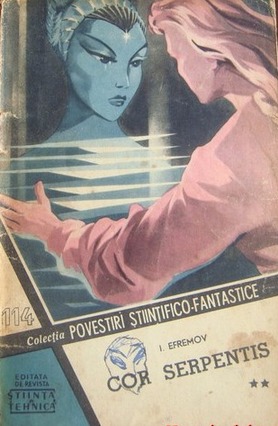
Cor Serpentis (Inima Sarpelui) (2)
2025
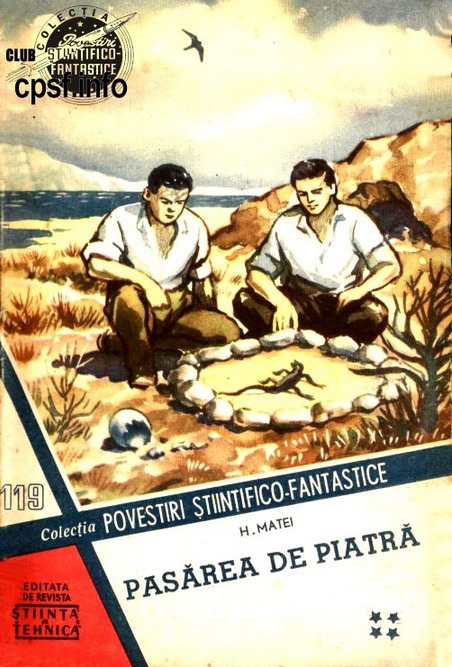
Pasărea de piatră, 4
2025
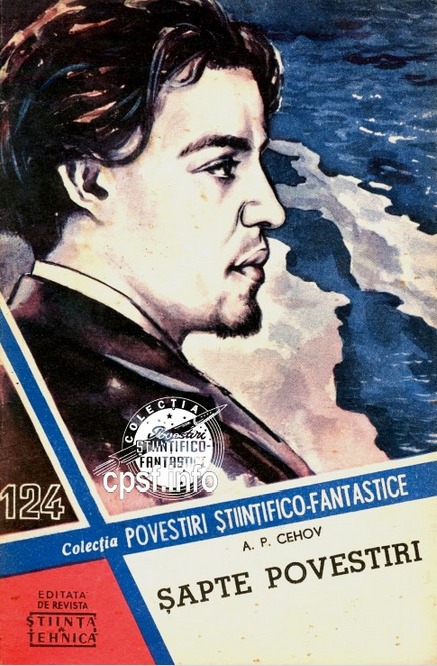
Șapte povestiri
2025
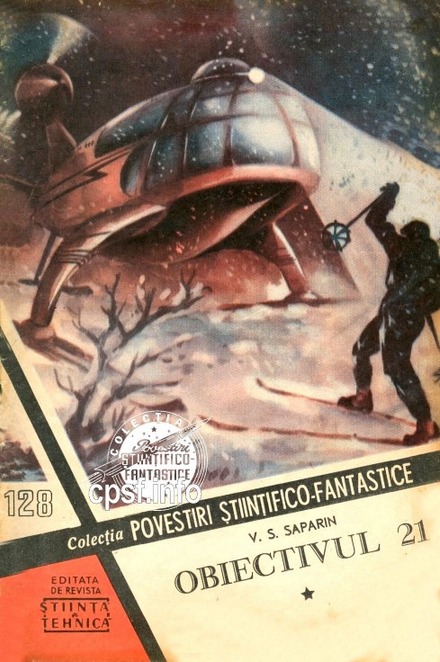
Obiectivul 21, 1
1960
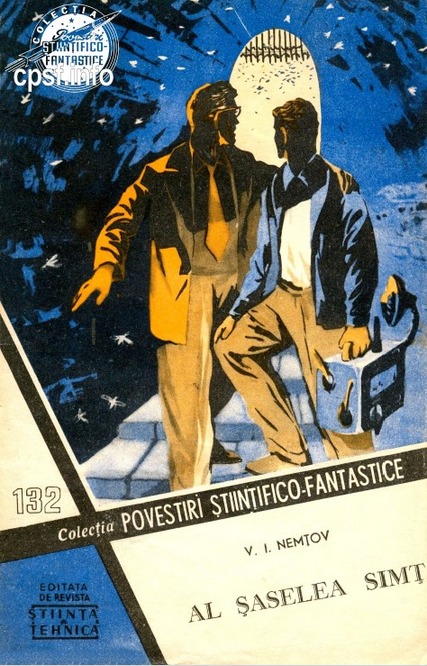
Al saselea simt
1960
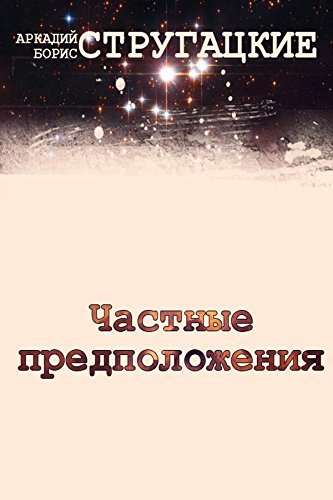
Частные предположения
1960

Apa care usucă, 1
1960
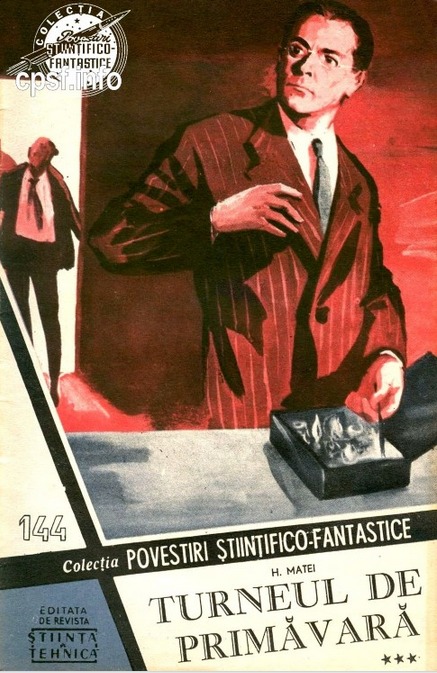
Turneul de primăvară, 3
1960

The Maxwell Equations
1960
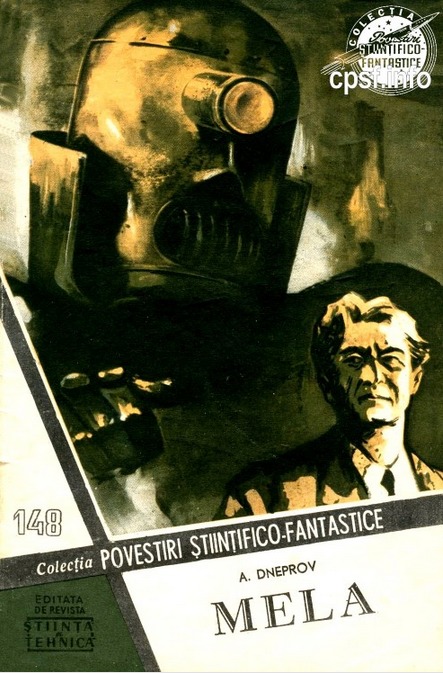
Mela, 1
1961

In the Year 2889
1889
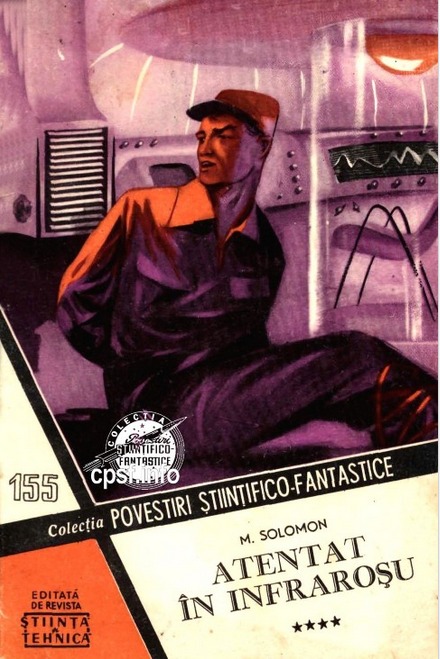
Atentat in infrarosu, 4
1961
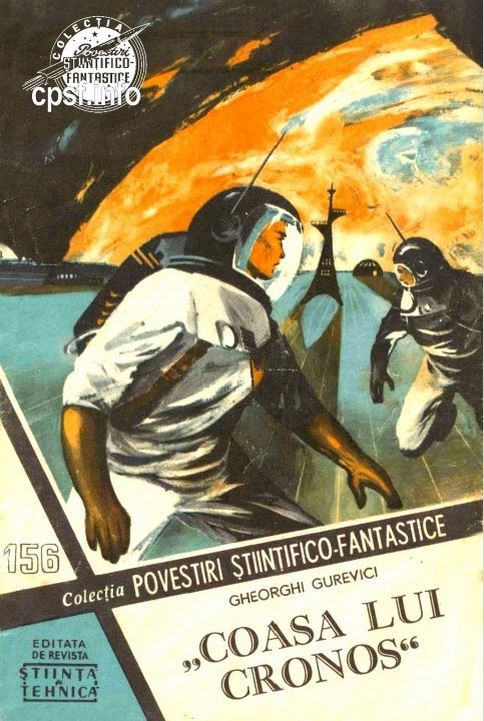
Coasa lui Cronos, 1
1961
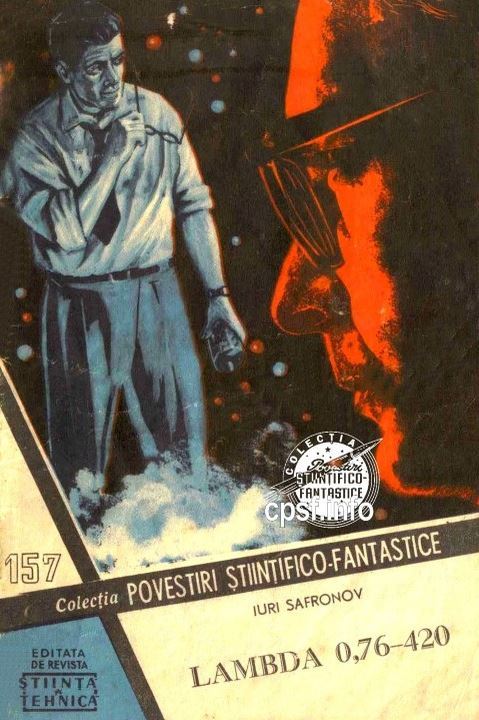
Lambda 0,76-420
1961
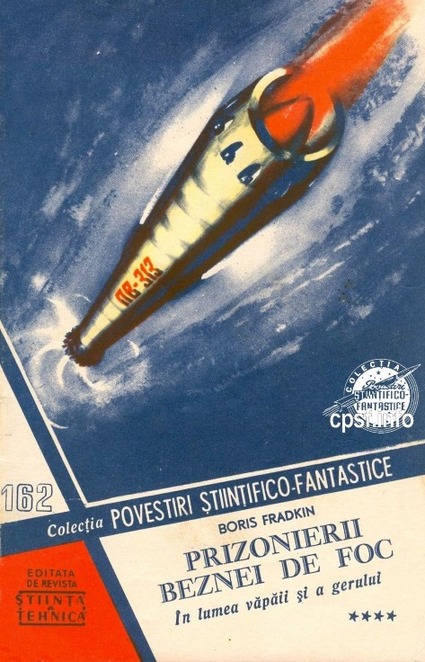
Prizonierii beznei de foc, 4
1961
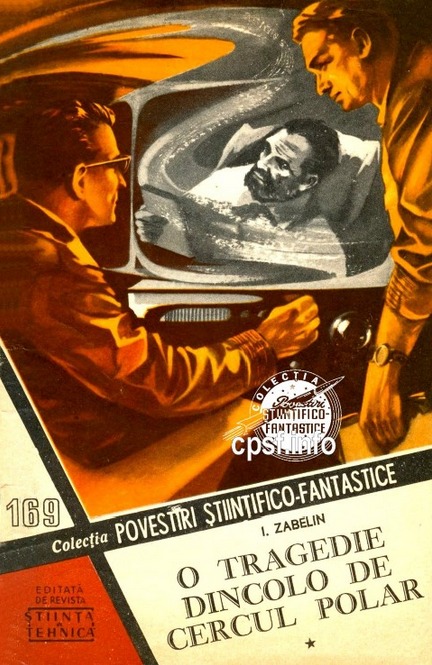
O tragedie dincolo de cercul polar, 1
1961
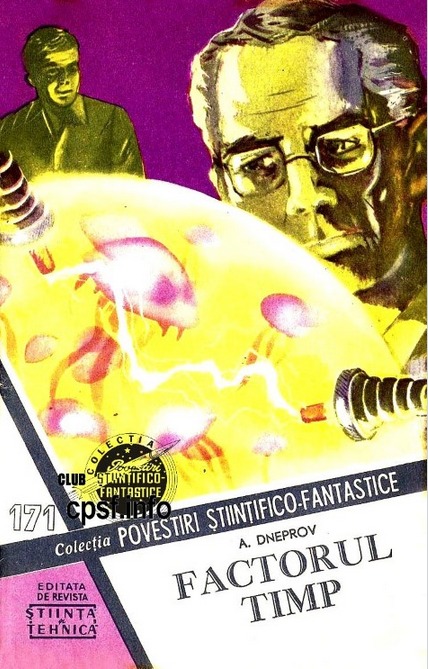
Factorul Timp
1962

Constelația din ape, 1
1962
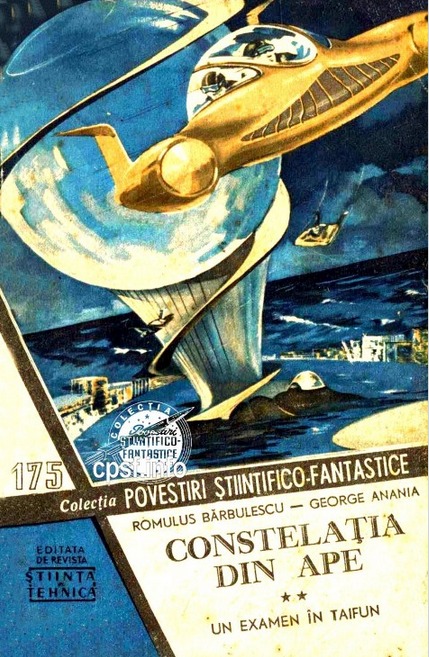
Constelația din ape, 2
1962
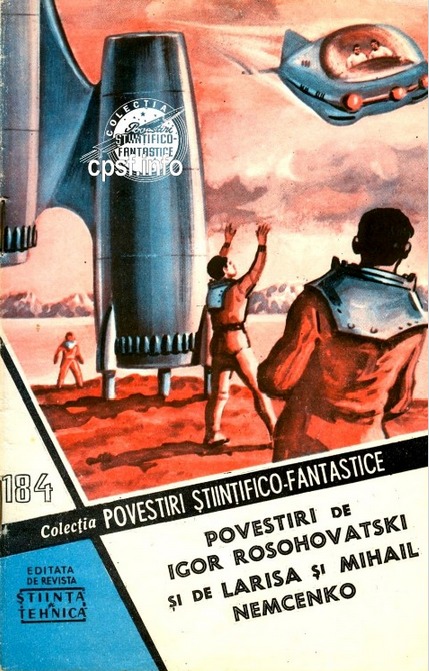
Povestiri de Igor Rosohovatski si de Larisa si Mihail Nemcenko
1962
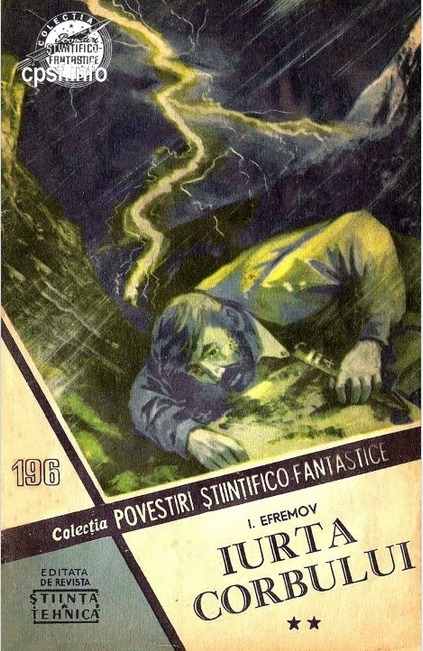
Iurta Corbului, 2
1963
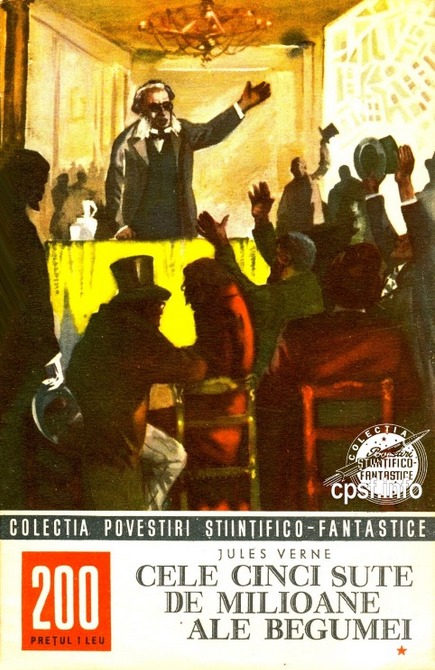
Cele cinci sute de milioane ale Begumei, 1
1963
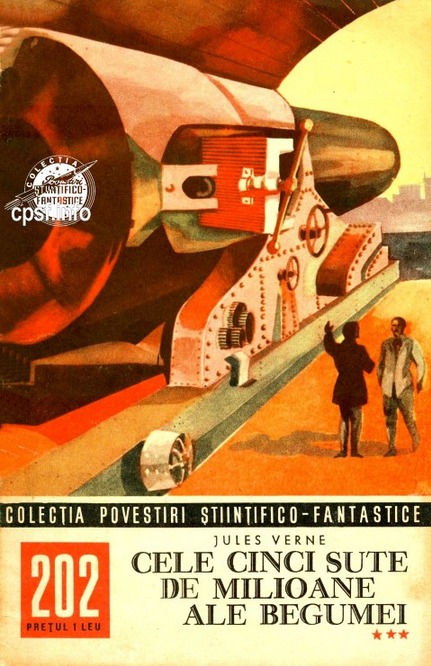
Cele cinci sute de milioane ale Begumei, 3
1963
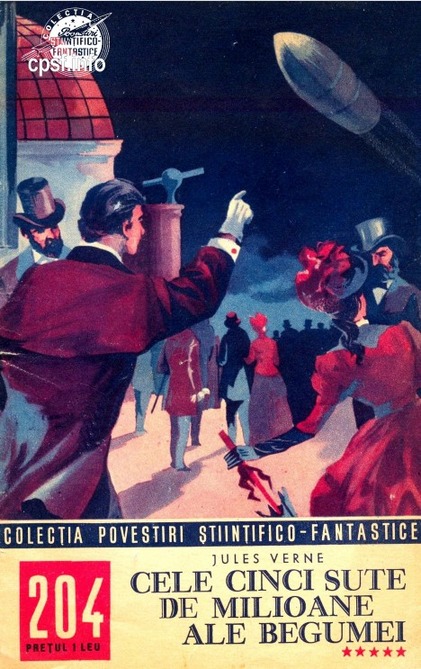
Cele cinci sute de milioane ale Begumei, 5
1963
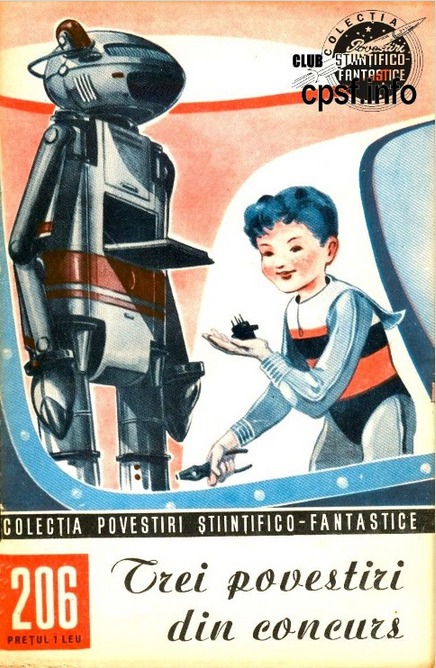
Omul de doisprezece ani . Trezirea . Păcăleli cinegetice
1963
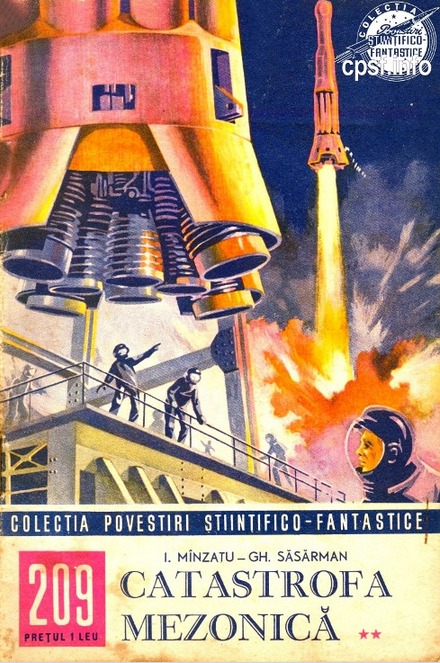
Catastrofa mezonică, 2
1963
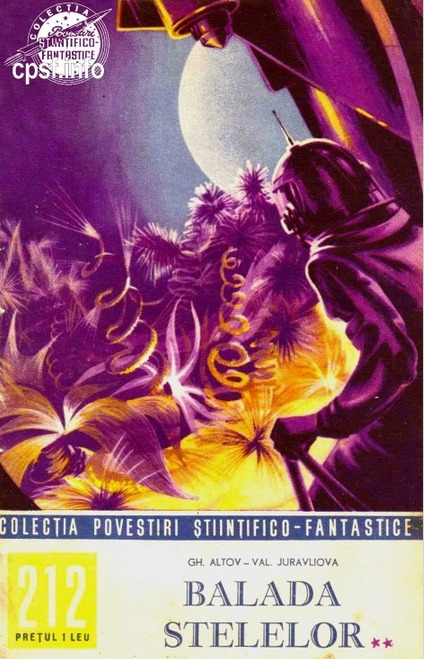
Balada stelelor, 2
1963
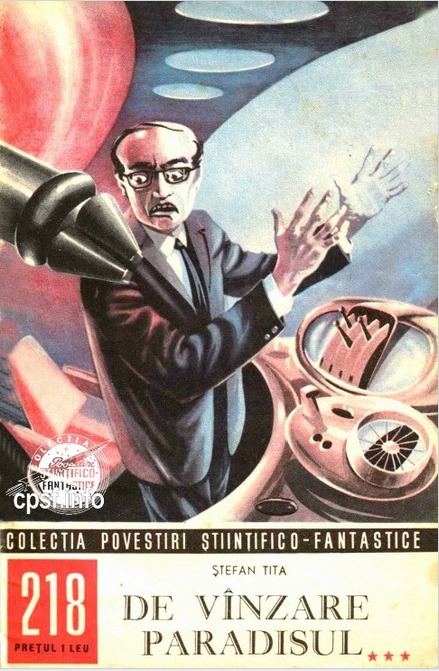
De vânzare Paradisul!, 3
1963
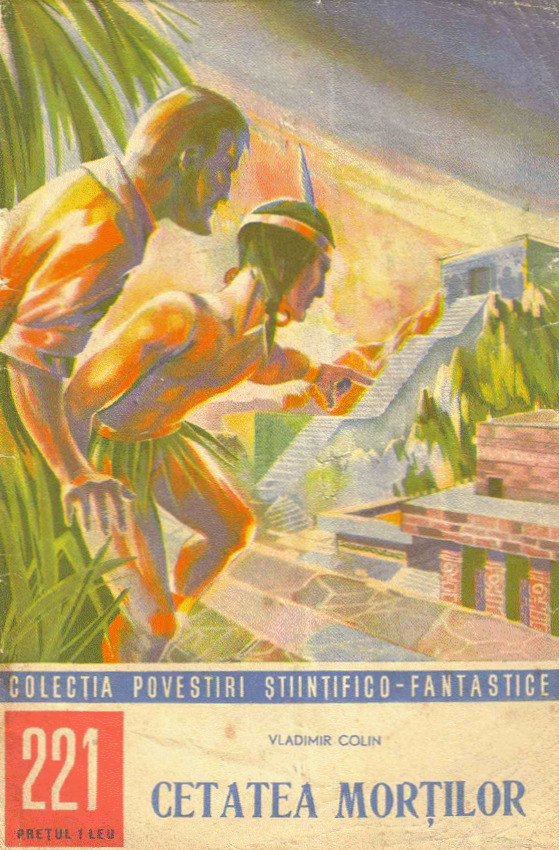
Cetatea morților
1964
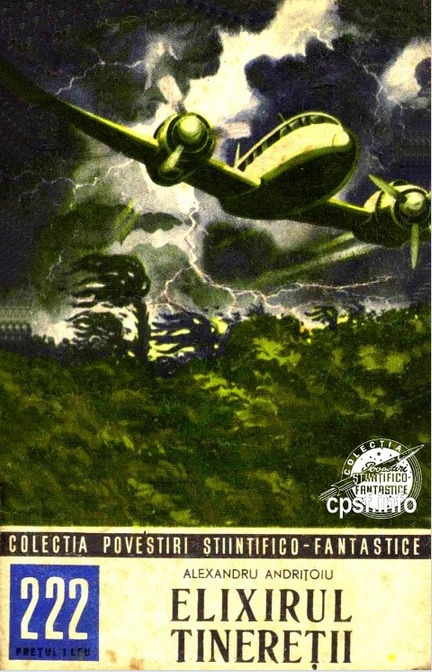
Elixirul tinereții, 1
1964
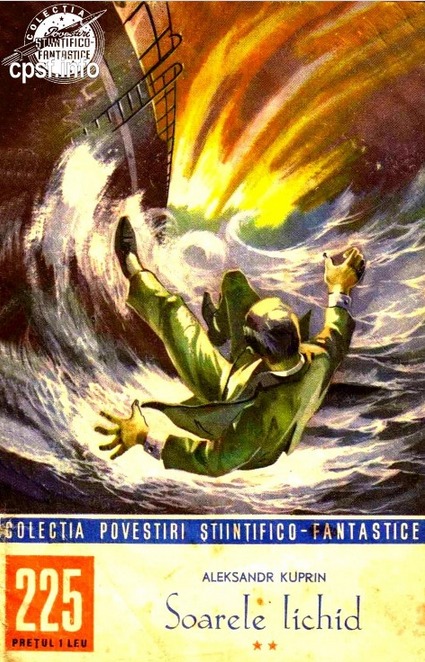
Soarele lichid, 2
1964

R.U.- 707 la strâmtoare
1964
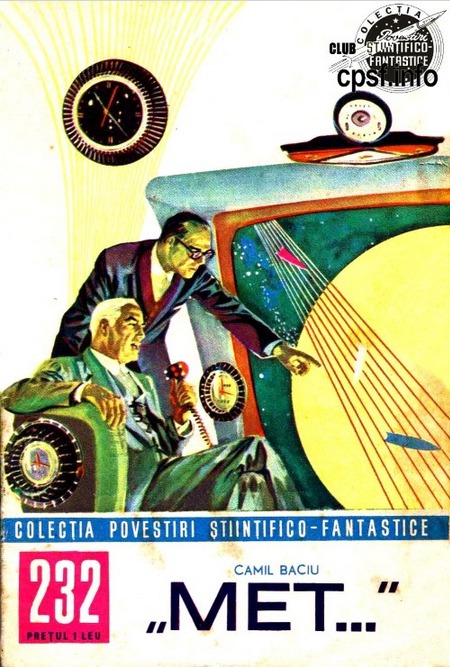
MET..., 2
1964
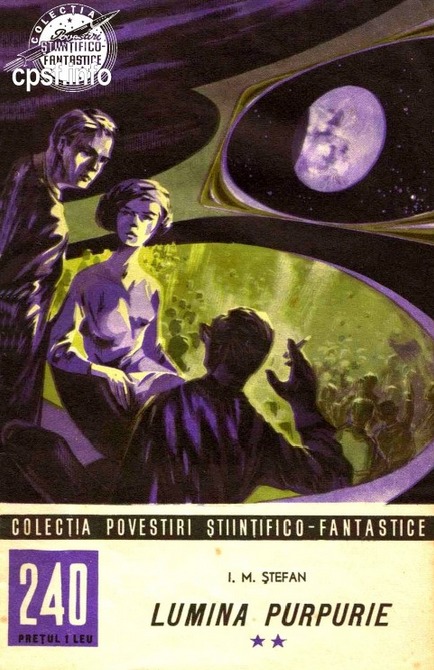
Lumina purpurie, 2
1964
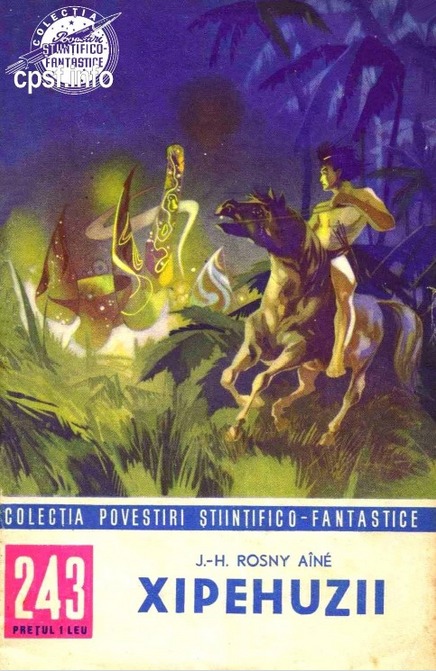
Xipehuzii
1965

Proba tăcerii, 1
1965
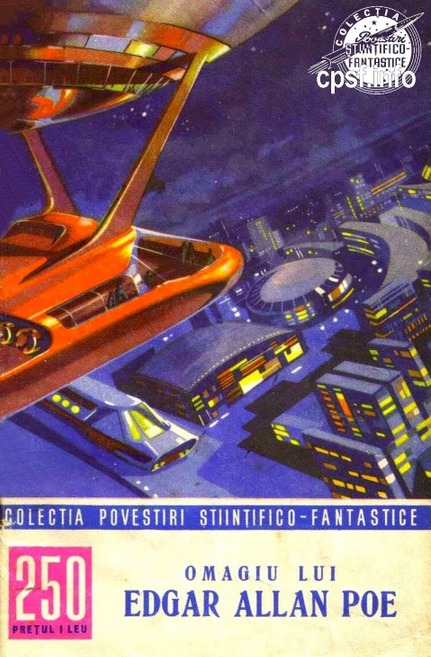
Omagiu lui Edgar Allan Poe
1965
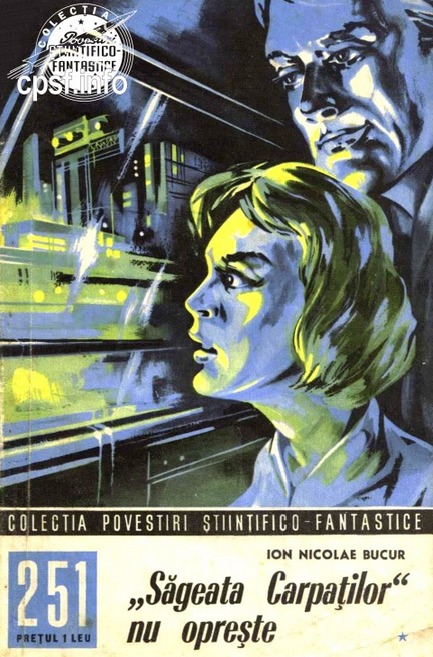
„Săgeata Carpaților” nu oprește, 1
1965
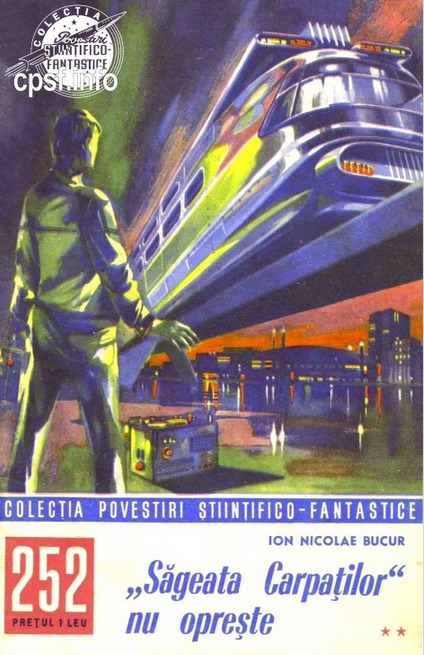
„Săgeata Carpaților” nu oprește, 2
1965
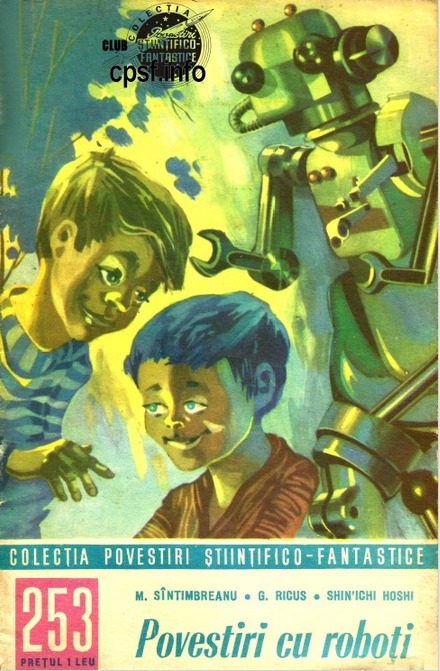
Povestiri cu roboti
1965
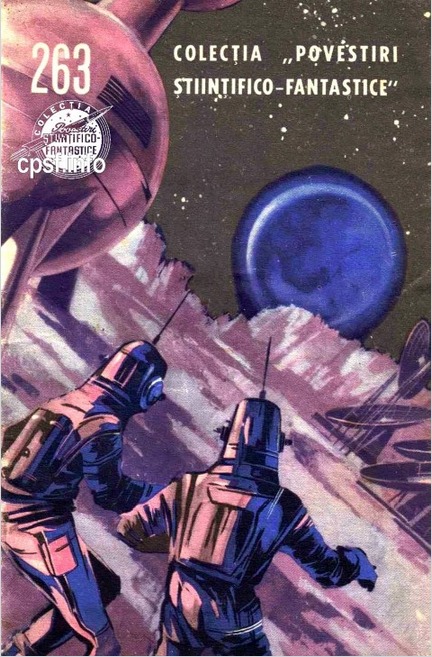
Mesajul celei de-a opta planete, 1
1965
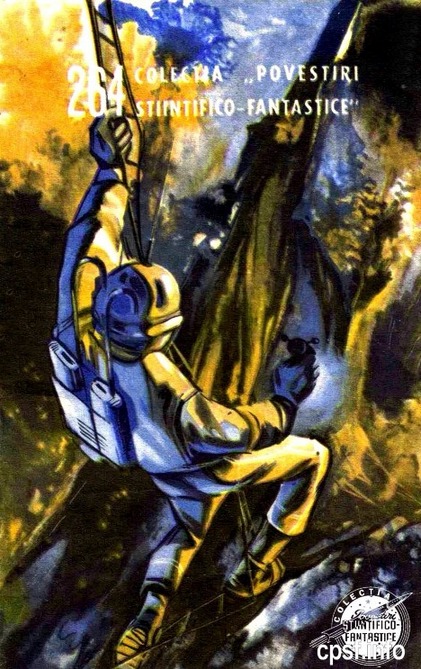
Mesajul celei de-a opta planete, 2
1965
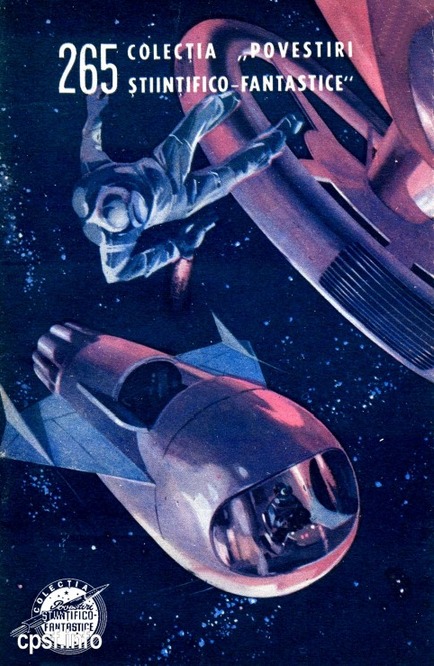
Mesajul celei de-a opta planete, 3
1965
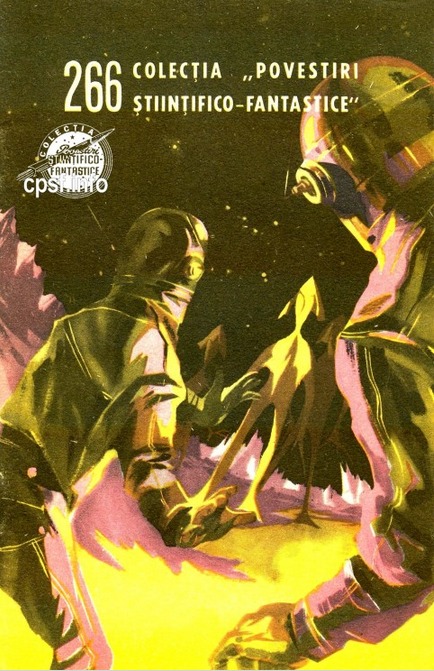
Mesajul celei de-a opta planete, 4
1965
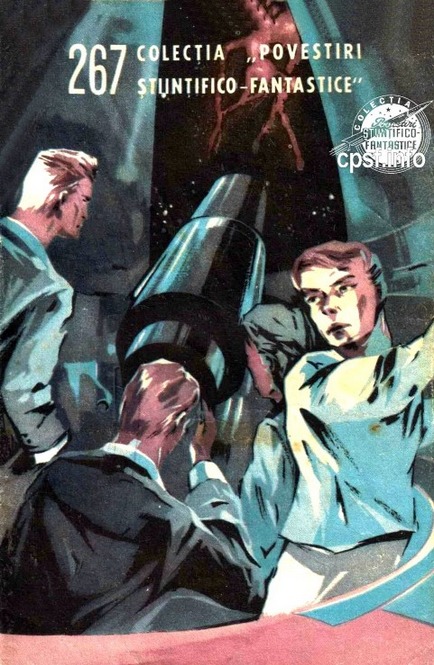
Mesajul celei de-a opta planete, 5
1966
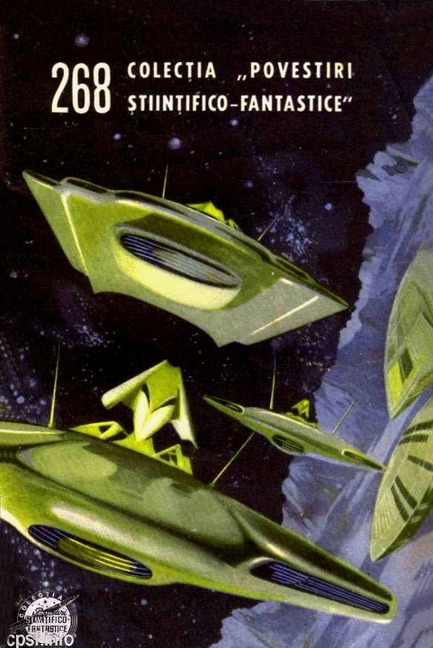
Mesajul celei de-a opta planete, 6
1966
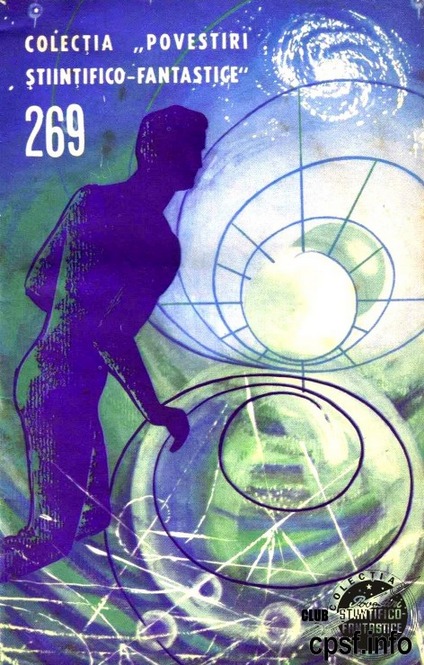
Colectia "Povestiri stiintifico-fantastice"
1966
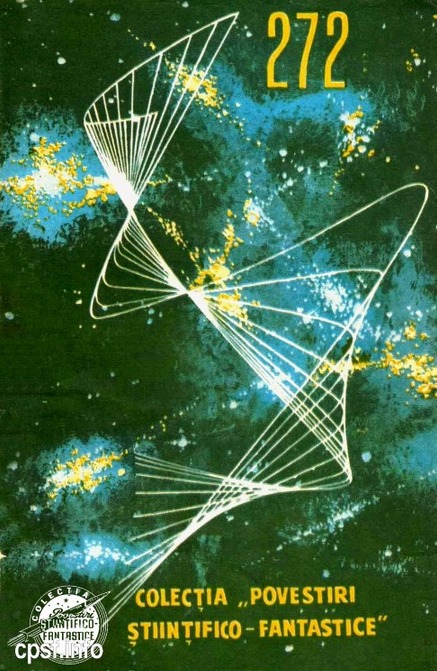
La 400 de auni de Marea Peliculă
1966
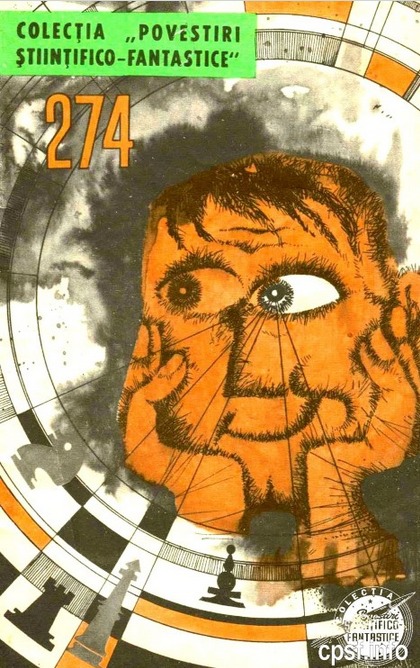
Colectia "Povestiri stiintifico-fantastice"
1966
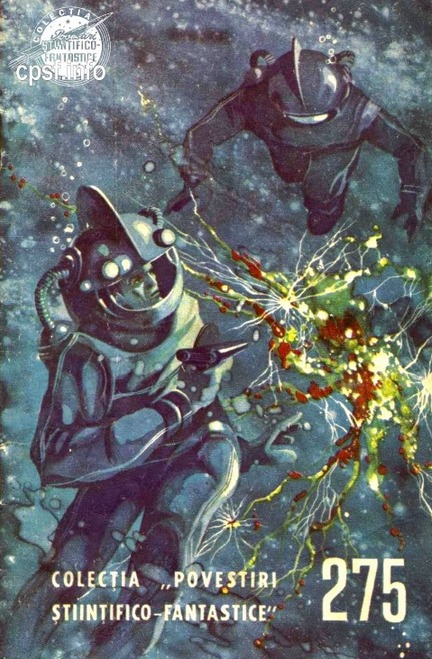
Colectia "Povestiri stiintifico-fantastice"
1966
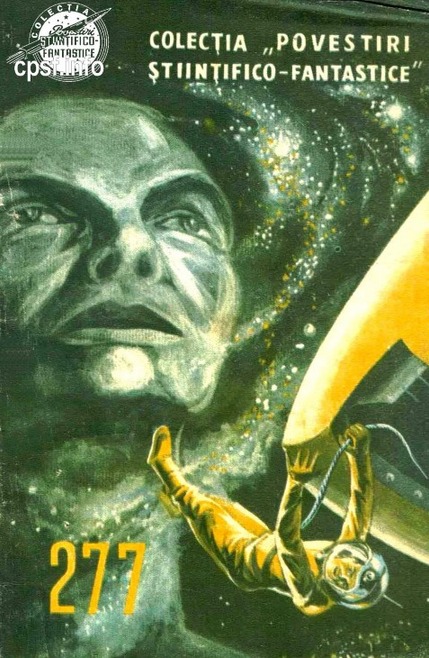
Colectia "Povestiri stiintifico-fantastice"
1966
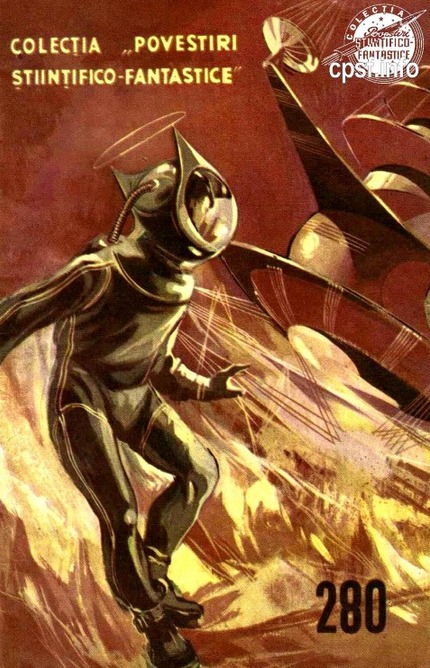
Colectia "Povestiri stiintifico-fantastice"
1966

Colectia "Povestiri stiintifico-fantastice"
1966

Colectia "Povestiri stiintifico-fantastice"
1966
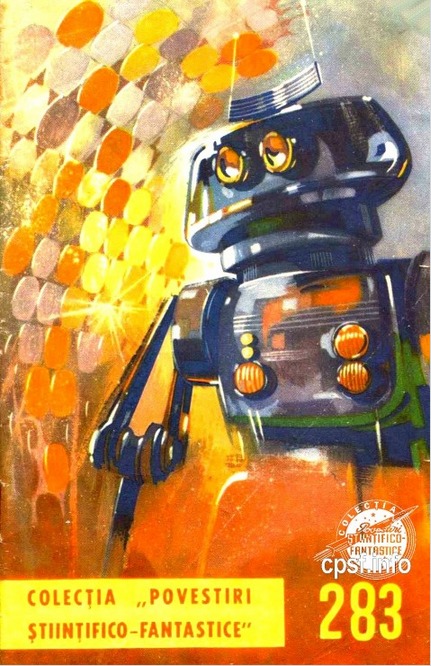
Colectia "Povestiri stiintifico-fantastice"
1966
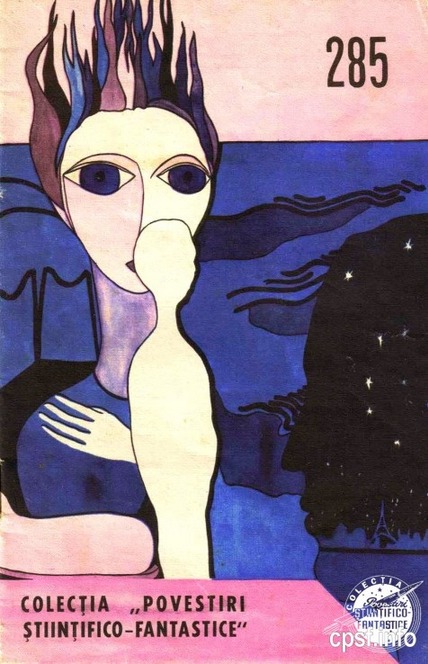
Acul de cravată
1966
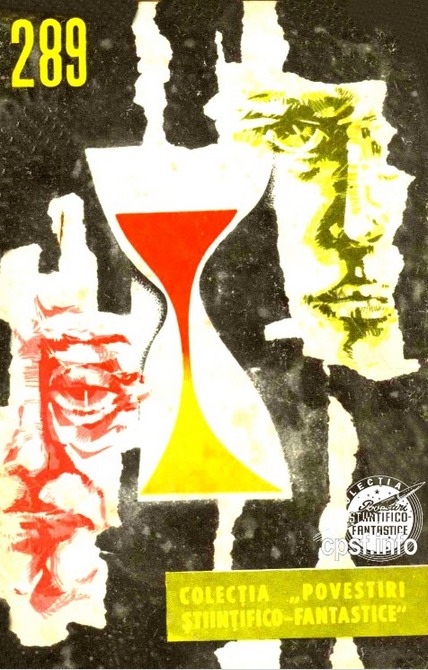
Colectia "Povestiri stiintifico-fantastice"
1966
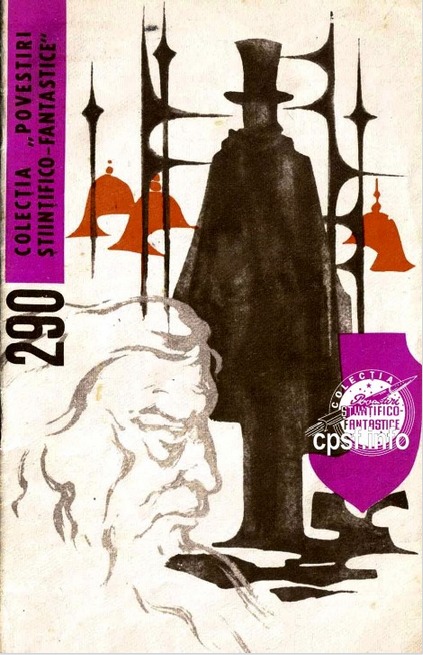
Colectia "Povestiri stiintifico-fantastice"
1966
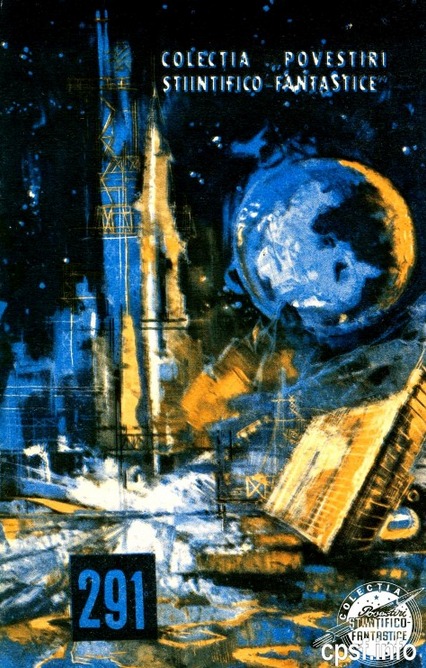
Colectia "Povestiri stiintifico-fantastice"
1967
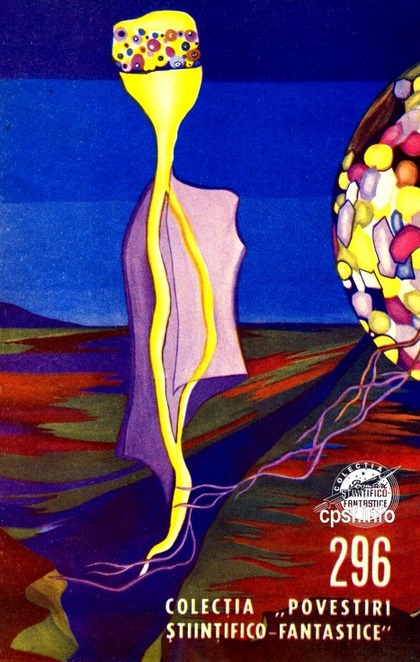
Colectia "Povestiri stiintifico-fantastice"
1967
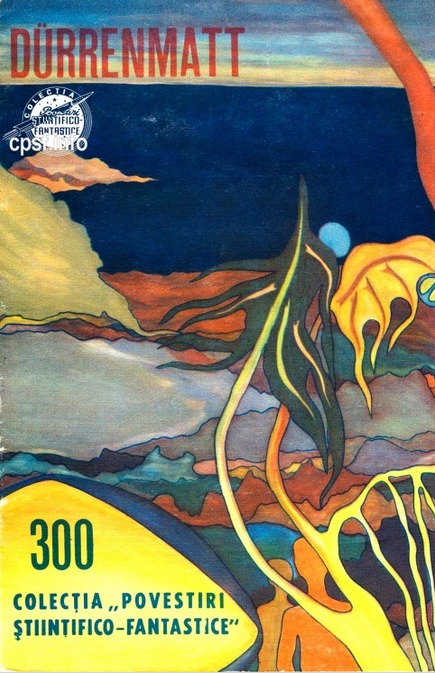
Colectia "Povestiri stiintifico-fantastice"
1967
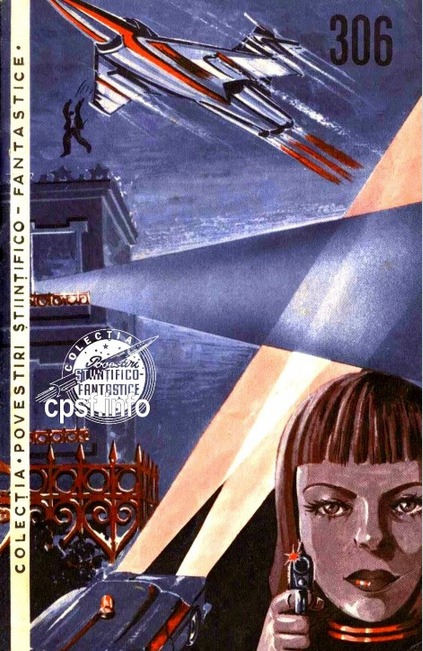
Colectia "Povestiri stiintifico-fantastice"
1967

Colectia "Povestiri stiintifico-fantastice"
1967

Colectia "Povestiri stiintifico-fantastice"
1967
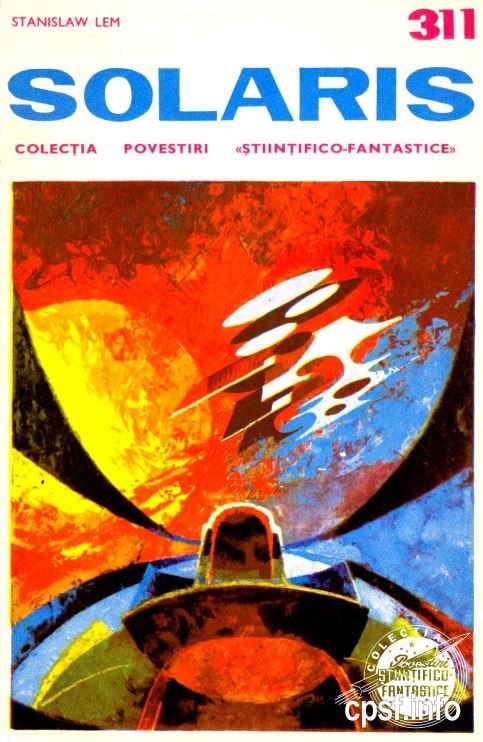
Solaris, I
1967
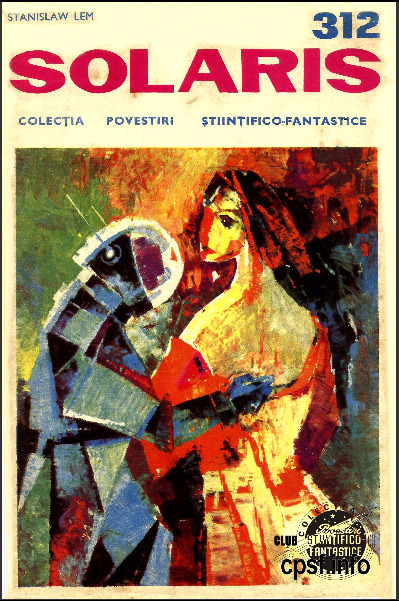
Solaris, II
1967
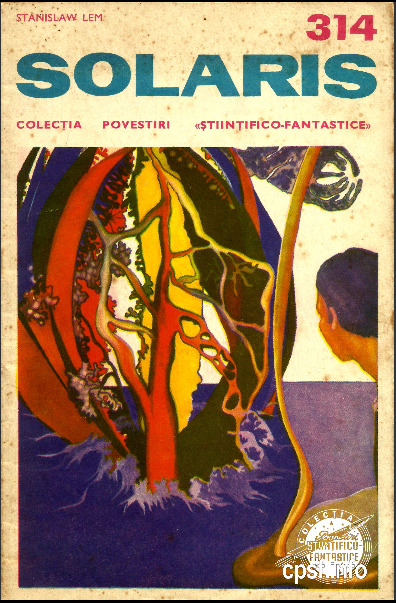
Solaris, IV
1967
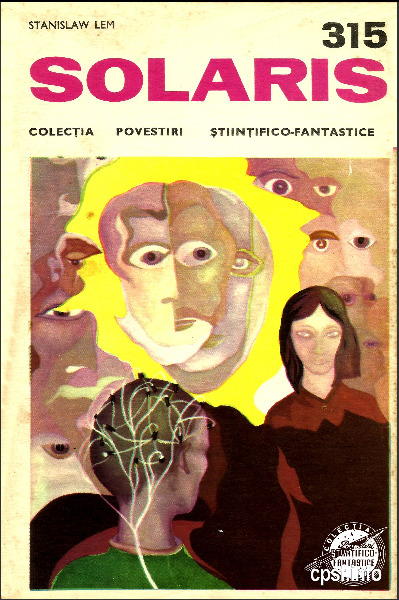
Solaris, V
1968
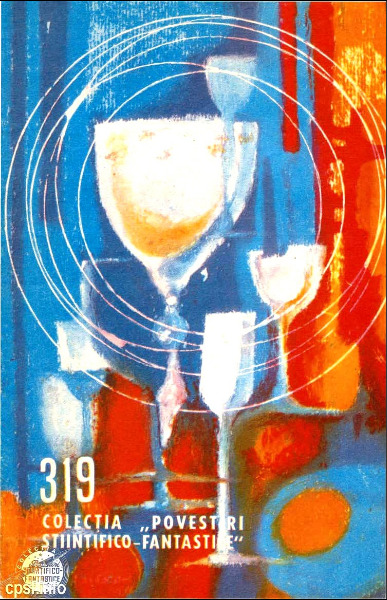
Colectia "Povestiri stiintifico-fantastice"
1968
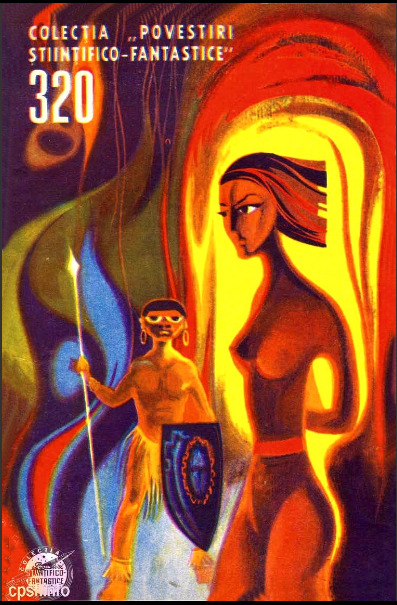
Colectia "Povestiri stiintifico-fantastice"
1968
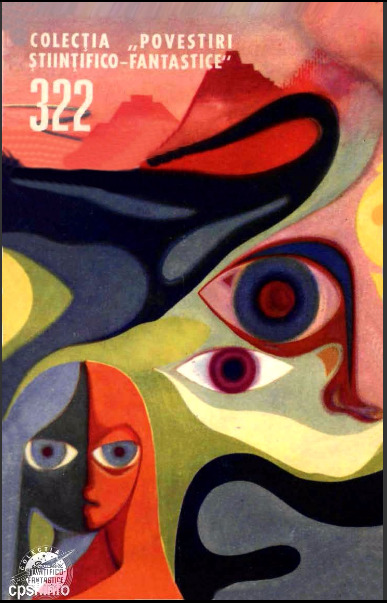
Colectia "Povestiri stiintifico-fantastice"
1968
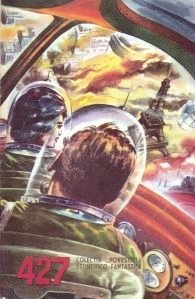
Paradisul celui care a sfidat lumea. Cronica sahului. Palmaresul primului congres european de literatura stiintifico-fantastica. Despre anticipatia timisoreană
1972
Authors
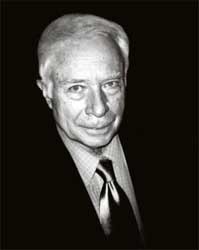
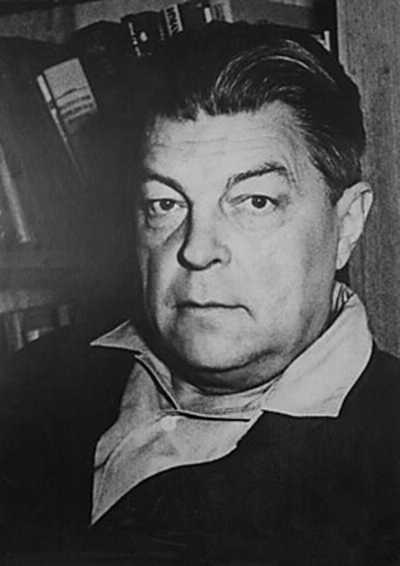

Mircea Sântimbreanu a fost un scriitor român, director al editurii Albatros, publicist, scenarist și producător de film. Mircea Sântimbreanu este cunoscut mai ales ca scriitor de literatură pentru copii și pentru promovarea unor scriitori prin publicarea lucrărilor lor la editura pe care a condus-o. Ion Anghel Mânăstire este unul dintre romancierii valoroși pe care Mircea Sântimbreanu i-a promovat pe prima scenă a literaturii române. A studiat la Liceul Ortodox-Român “Avram Iancu” din Brad (1935-1943), a absolvit Facultatea de Drept (1947) și Facultatea de Filosofie din București (1951), iar între anii 1948-1951 a fost asistent universitar la Catedra de Drept Penal a Universității București. Din 1952 până în 1960 Mircea Sântimbreanu a lucrat ca profesor de istorie la Școala mixtă nr. 2 „La Teiu“, devenită din 1954 Școala elementară de 7 ani nr. 139 din București, cartierul Rahova. Experiența cu micii elevi l-a ajutat să înceapă să scrie primele sale cărți pentru copii. Din anul 2000, școala poartă numele de Mircea Sântimbreanu. La 20 mai 1996, Mircea Sântimbreanu a fost declarat "Cetățean de onoare al municipiului Brad", ca Fiu al Țării Zarandului, pentru întreaga sa activitate în domeniul literaturii.
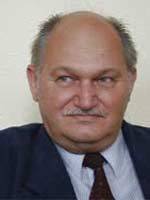

Philip K. Dick was born in Chicago in 1928 and lived most of his life in California. In 1952, he began writing professionally and proceeded to write numerous novels and short-story collections. He won the Hugo Award for the best novel in 1962 for The Man in the High Castle and the John W. Campbell Memorial Award for best novel of the year in 1974 for Flow My Tears, the Policeman Said. Philip K. Dick died on March 2, 1982, in Santa Ana, California, of heart failure following a stroke. In addition to 44 published novels, Dick wrote approximately 121 short stories, most of which appeared in science fiction magazines during his lifetime. Although Dick spent most of his career as a writer in near-poverty, ten of his stories have been adapted into popular films since his death, including Blade Runner, Total Recall, A Scanner Darkly, Minority Report, Paycheck, Next, Screamers, and The Adjustment Bureau. In 2005, Time magazine named Ubik one of the one hundred greatest English-language novels published since 1923. In 2007, Dick became the first science fiction writer to be included in The Library of America series.
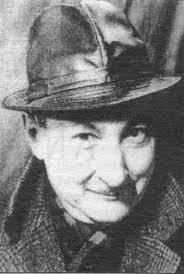
Scriitor, prozator, poet, traducător. Scriitorul-personaj care a reinventat SF-ul românesc modern pornind de la un simplu concurs literar, propus de revista „Ştiinţă şi Tehnică pentru tineret”, în anul 1955, a fost, probabil, creatorul cu cea mai debordantă vitalitate din fandomul nostru. see http://ro.wikipedia.org/wiki/Adrian_R... https://revistanautilus.ro/old/artico...

Anton Pavlovich Chekhov (Russian: Антон Павлович Чехов ) was born in the small seaport of Taganrog, southern Russia, the son of a grocer. Chekhov's grandfather was a serf, who had bought his own freedom and that of his three sons in 1841. He also taught himself to read and write. Yevgenia Morozova, Chekhov's mother, was the daughter of a cloth merchant. "When I think back on my childhood," Chekhov recalled, "it all seems quite gloomy to me." His early years were shadowed by his father's tyranny, religious fanaticism, and long nights in the store, which was open from five in the morning till midnight. He attended a school for Greek boys in Taganrog (1867-68) and Taganrog grammar school (1868-79). The family was forced to move to Moscow following his father's bankruptcy. At the age of 16, Chekhov became independent and remained for some time alone in his native town, supporting himself through private tutoring. In 1879 Chekhov entered the Moscow University Medical School. While in the school, he began to publish hundreds of comic short stories to support himself and his mother, sisters and brothers. His publisher at this period was Nicholas Leikin, owner of the St. Petersburg journal Oskolki (splinters). His subjects were silly social situations, marital problems, farcical encounters between husbands, wives, mistresses, and lovers, whims of young women, of whom Chekhov had not much knowledge – the author was shy with women even after his marriage. His works appeared in St. Petersburg daily papers, Peterburskaia gazeta from 1885, and Novoe vremia from 1886. Chekhov's first novel, Nenunzhaya pobeda (1882), set in Hungary, parodied the novels of the popular Hungarian writer Mór Jókai. As a politician Jókai was also mocked for his ideological optimism. By 1886 Chekhov had gained a wide fame as a writer. His second full-length novel, The Shooting Party, was translated into English in 1926. Agatha Christie used its characters and atmosphere in her mystery novel The Murder of Roger Ackroyd (1926). Chekhov graduated in 1884, and practiced medicine until 1892. In 1886 Chekhov met H.S. Suvorin, who invited him to become a regular contributor for the St. Petersburg daily Novoe vremya. His friendship with Suvorin ended in 1898 because of his objections to the anti-Dreyfus campaign conducted by paper. But during these years Chechov developed his concept of the dispassionate, non-judgmental author. He outlined his program in a letter to his brother Aleksandr: "1. Absence of lengthy verbiage of political-social-economic nature; 2. total objectivity; 3. truthful descriptions of persons and objects; 4. extreme brevity; 5. audacity and originality; flee the stereotype; 6. compassion." Chekhov's first book of stories (1886) was a success, and gradually he became a full-time writer. The author's refusal to join the ranks of social critics arose the wrath of liberal and radical intelligentsia and he was criticized for dealing with serious social and moral questions, but avoiding giving answers. However, he was defended by such leading writers as Leo Tolstoy and Nikolai Leskov. "I'm not a liberal, or a conservative, or a gradualist, or a monk, or an indifferentist. I should like to be a free artist and that's all..." Chekhov said in 1888. The failure of his play The Wood Demon (1889) and problems with his novel made Chekhov to withdraw from literature for a period. In 1890 he travelled across Siberia to remote prison island, Sakhalin. There he conducted a detailed census of some 10,000 convicts and settlers condemned to live their lives on that harsh island. Chekhov hoped to use the results of his research for his doctoral dissertation. It is probable that hard conditions on the island also weakened his own physical condition. From this journey was born his famous travel book T


Nathaniel Hawthorne was a 19th century American novelist and short story writer. He is seen as a key figure in the development of American literature for his tales of the nation's colonial history. Shortly after graduating from Bowdoin College, Hathorne changed his name to Hawthorne. Hawthorne anonymously published his first work, a novel titled Fanshawe, in 1828. In 1837, he published Twice-Told Tales and became engaged to painter and illustrator Sophia Peabody the next year. He worked at a Custom House and joined a Transcendentalist Utopian community, before marrying Peabody in 1842. The couple moved to The Old Manse in Concord, Massachusetts, later moving to Salem, the Berkshires, then to The Wayside in Concord. The Scarlet Letter was published in 1850, followed by a succession of other novels. A political appointment took Hawthorne and family to Europe before returning to The Wayside in 1860. Hawthorne died on May 19, 1864, leaving behind his wife and their three children. Much of Hawthorne's writing centers around New England and many feature moral allegories with a Puritan inspiration. His work is considered part of the Romantic movement and includes novels, short stories, and a biography of his friend, the United States President Franklin Pierce.

Stefan Zweig was one of the world's most famous writers during the 1920s and 1930s, especially in the U.S., South America, and Europe. He produced novels, plays, biographies, and journalist pieces. Among his most famous works are Beware of Pity, Letter from an Unknown Woman, and Mary, Queen of Scotland and the Isles. He and his second wife committed suicide in 1942. Zweig studied in Austria, France, and Germany before settling in Salzburg in 1913. In 1934, driven into exile by the Nazis, he emigrated to England and then, in 1940, to Brazil by way of New York. Finding only growing loneliness and disillusionment in their new surroundings, he and his second wife committed suicide. Zweig's interest in psychology and the teachings of Sigmund Freud led to his most characteristic work, the subtle portrayal of character. Zweig's essays include studies of Honoré de Balzac, Charles Dickens, and Fyodor Dostoevsky (Drei Meister, 1920; Three Masters) and of Friedrich Hölderlin, Heinrich von Kleist, and Friedrich Nietzsche (Der Kampf mit dem Dämon, 1925; Master Builders). He achieved popularity with Sternstunden der Menschheit (1928; The Tide of Fortune), five historical portraits in miniature. He wrote full-scale, intuitive rather than objective, biographies of the French statesman Joseph Fouché (1929), Mary Stuart (1935), and others. His stories include those in Verwirrung der Gefühle (1925; Conflicts). He also wrote a psychological novel, Ungeduld des Herzens (1938; Beware of Pity), and translated works of Charles Baudelaire, Paul Verlaine, and Emile Verhaeren. Most recently, his works provided the inspiration for 2014 film The Grand Budapest Hotel.

Works of American science-fiction writer Robert Anson Heinlein include Stranger in a Strange Land (1961) and The Moon Is a Harsh Mistress (1966). People often call this novelist "the dean of science fiction writers", one of the most popular, influential, and controversial authors of "hard science fiction." He set a high standard for science and engineering plausibility and helped to raise the standards of literary quality of the genre. He was the first science-fiction writer to break into mainstream, general magazines such as The Saturday Evening Post, in the late 1940s. He was also among the first authors of bestselling, novel-length science fiction in the modern, mass-market era. Also wrote under Pen names: Anson McDonald, Lyle Monroe, Caleb Saunders, John Riverside and Simon York.

Autor de texte umoristice, dramaturg, redactor, realizator TV și scenarist. A debutat ca scriitor cu Meteoritul de aur, publicat în 1955 în colecția „Povestiri științifico-fantastice” (editată de revista „Știință și tehnică”). Opera: Meteoritul de aur (București, 1955) Pisica din Baskerville (București, 1957) - în colaborare cu Andy Alexandru Nota zero la purtare (București, 1957) - piesă de teatru, în colaborare cu Virgil Stoenescu Inimă fierbinte (București, 1980) - piesă de teatru Dincolo de nori (București, 1981) - piesă de teatru Rămas-bun, tinerețe! (București, 1983) - piesă de teatru Destine și iubiri (Botoșani, 1984) Furtul secolului (Cluj Napoca, 1992) Val Vârtej și Vasul Fantomă (București, 2002) Cazul Beilis. Filmul unei nelegiuiri, 285 p. (Ed. Hasefer, București, 2005) - roman Prințul rătăcitor George Bibescu, 284 p. (Ed. Coresi, București, 2010) - biografie romanțată
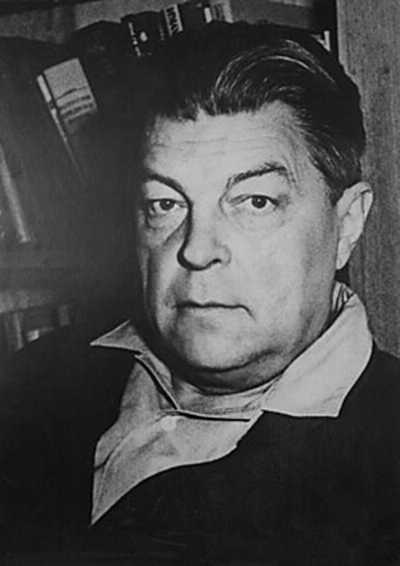
Смотрите также Ivan Efremov Иван Антонович Ефремов — советский писатель-фантаст, учёный-палеонтолог

Novels of French writer Jules Gabriel Verne, considered the founder of modern science fiction, include Journey to the Center of the Earth (1864) and Around the World in Eighty Days (1873). This author who pioneered the genre. People best know him for Twenty Thousand Leagues Under the Sea (1870). Verne wrote about space, air, and underwater travel before people invented navigable aircraft and practical submarines and devised any means of spacecraft. He ranks behind Dame Agatha Mary Clarissa Christie as the second most translated author of all time. People made his prominent films. People often refer to Verne alongside Herbert George Wells as the "father of science fiction." https://en.wikipedia.org/wiki/Jules\_V...

Critic literar, dramaturg, eseist si scriitor de literatura stiintifico-fantastica. A publicat numeroase volume de proza, in special literatura pentru copii, multe dintre lucrarile sale avand o nota SF. Primul volum al scriitorului, "Constelatia din ape", a aparut in 1963 si a fost scris in colaborare cu George Anania. Sub semnatura celor doi au continuat sa apara mai multe romane, dintre care amintim: Captiv in inima galaxiei, Statuia sarpelui, Ferma oamenilor de piatra, Lupta cu ingerul, etc. Individual, Barbulescu a debutat cu volumul de nuvele "Simbammuenni" in 1966. Au urmat: Insulele de aur si argint, Catharsis, incotro curge linistea, Golful ucigasilor, Cat de mic poate fi infernul?, Salciile nu plang decat seara. Din 1973, timp de trei ani, a sustinut in CPSF rubrica "Pulsul nostru actual“ continind articole critice despre literatura SF, semnate cu pseudonimul Ana Barbara Rebegea. Alte articole similare au aparut in revistele "Viata romaneasca" si "Contemporanul". https://www.artline.ro/Romulus-Barbul... Won the ESFS award in 1990 as "Best Author".

The brothers Arkady Strugatsky [Russian: Аркадий Стругацкий] and Boris Strugatsky [Russian: Борис Стругацкий] were Soviet-Russian science fiction authors who collaborated through most of their careers. Arkady Strugatsky was born 25 August 1925 in Batumi; the family later moved to Leningrad. In January 1942, Arkady and his father were evacuated from the Siege of Leningrad, but Arkady was the only survivor in his train car; his father died upon reaching Vologda. Arkady was drafted into the Soviet army in 1943. He trained first at the artillery school in Aktyubinsk and later at the Military Institute of Foreign Languages in Moscow, from which he graduated in 1949 as an interpreter of English and Japanese. He worked as a teacher and interpreter for the military until 1955. In 1955, he began working as an editor and writer. In 1958, he began collaborating with his brother Boris, a collaboration that lasted until Arkady's death on 12 October 1991. Arkady Strugatsky became a member of the Union of Soviet Writers in 1964. In addition to his own writing, he translated Japanese language short stories and novels, as well as some English works with his brother. Source: Wikipedia
A absolvit Facultatea de Litere și Filosofie în 1950, când deja debutase ca scriitoare cu volumul de povestiri Schițe (1943). A lucrat ca asistent și lector la Universitatea din București (1950–1957) și a fost cercetător la Institutul de Istorie Literară și Folclor al Academiei Române. A semnat numeroase scenarii de film pentru copii și piese de teatru radiofonic, premiate în țară și în străinătate. Scrierile literare din această perioadă au ca numitor comun interesul pentru basm și alte forme ale literaturii populare. În 1960 a publicat volumul Basme țigănești, in terzis imediat după apariție din cauza schimbării politicii oficiale privind minoritățile. Cartea a fost reeditată abia în 1977 și a câștigat Premiul Asociației Scriitorilor din București. În 1970 văzuse lumina tiparului romanul Vlad, fiul Dracului (devenit apoi Drăculeștii), oferind o imagine inedită a personalității lui Vlad Țepeș. Din scrierile științifico-fantastice ale autoarei se remarcă volumele Eu și bătrânul lup de stele (1966), Taina Sfinxului de pe Marte (1967), Anotimpul sirenelor (1975) și Să nu afle Aladin (1981), ultimul fiind premiat la Concursul European de Literatură pentru Copii, Padova, 1982, precum și de Asociația Scriitorilor din București. În 1985 s-a stabilit în Germania, fiind urmată și de soțul său, scriitorul Adrian Rogoz.
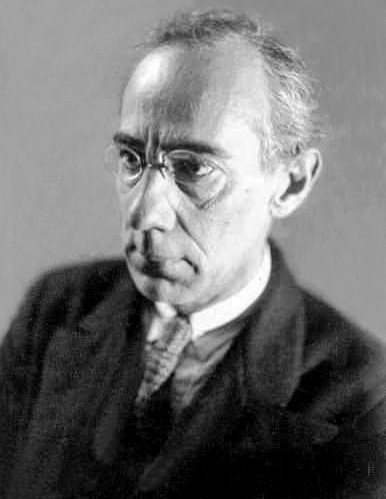
Alexander Romanovich Belyaev (Russian: Александр Романович Беляев); born 16 March 1884 in Smolensk, Russian Empire; died 6 January 1942 in Pushkin, USSR] Born in Smolensk, at the age of 30 Alexander became ill with tuberculosis. Treatment was unsuccessful; the infection spread to his spine and resulted in paralysis of the legs. Belyayev suffered constant pain and was paralysed for six years. In search for the right treatment he moved to Yalta together with his mother and old nanny. During his convalescence, he read the work of Jules Verne, H. G. Wells, and Konstantin Tsiolkovsky, and began to write poetry in his hospital bed. By 1922 he had overcome the disease and in 1923 returned to Moscow where he began his serious literary activity as writer of science fiction novels. In 1925 his first novel, Professor Dowell's Head (Голова Профессора Доуэля) was published. From 1931 he lived in Leningrad with his wife and oldest daughter; his youngest daughter died of meningitis in 1930, aged six. In Leningrad he met H. G. Wells, who visited the USSR in 1934. In the last years of his life Belyaev lived in the Leningrad suburb of Pushkin (formerly Tsarskoye Selo). At the beginning of the German invasion of the Soviet Union during Second World War he refused to evacuate because he was recovering after an operation that he had undergone a few months earlier. Belyayev died of hunger in the Soviet town of Pushkin in 1942 while it was occupied by the Nazis. His wife and daughter, who managed to survive, were taken away to Poland by the Nazis. The exact location of his grave is unknown. A memorial stone at the Kazanskoe cemetery in the town of Pushkin is placed on the mass grave where his body is assumed to be buried.
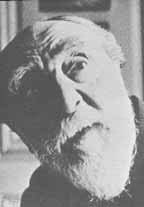

Aleksandr Kuprin (Russian: Александр Иванович Куприн; 7 September 1870 in the village of Narovchat in the Penza Oblast - August 25, 1938 in Leningrad) was a Russian writer, pilot, explorer and adventurer who is perhaps best known for his story The Duel (1905). Other well-known works include Moloch (1896), Olesya (1898), Junior Captain Rybnikov (1906), Emerald (1907), and The Garnet Bracelet (1911) (which was made into a 1965 movie). Vladimir Nabokov styled him the Russian Kipling for his stories about pathetic adventure-seekers, who are often "neurotic and vulnerable." Kuprin was a son of Ivan Ivanovich Kuprin, a minor government official who died of cholera during 1871 at the age of thirty-seven years. His mother, Liubov' Alekseevna Kuprina, Tatar princess (of the Kulunchakovs), like many other nobles in Russia, had lost most of her wealth during the 19th century. Kuprin attended the Razumovsky boarding school during 1876, and during 1880 finished his education in the Second Moscow Military High School (Cadet Corps) and Alexander Military School, spending a total of ten years in these elite military institutions. His first short story, The Last Debut, was published during 1889 in a satirical periodical. "In February 1902, Kuprin and Maria Karlovna Davydova were married, their daughter Lidia born in 1903." Kuprin's mother died during 1910. Kuprin ended military service during 1894, after which he tried many types of job, including provincial journalism, dental care, land surveying, acting, circus performer, church singer, doctor, hunter, fisher, etc. Reportedly, "all of these were subsequently reflected in his fiction." His first essays were published in Kiev in two collections. Reportedly, "although he lived in an age when writers were carried away by literary experiments, Kuprin did not seek innovation and wrote only about the things he himself had experienced and his heroes are the next generation after Chekhov's pessimists." Although the 1896 short story Moloch first made his name known as a writer, it was his novel The Duel (1905) which made him famous. "Kuprin was highly praised by fellow writers including Anton Chekhov, Maxim Gorky, Leonid Andreyev, Nobel Prize-winning Ivan Bunin" and Leo Tolstoy who acclaimed him a true successor to Chekhov. After publication of The Duel he paid less and less interest to fancy literature and began to spend time in pubs and brothels. His sensationalist novel about the lurid life of prostitutes, The Pit (1915), was accused by Russian critics of excessive Naturalism. Although not a conservative, he did not agree with Bolshevism. While working for a brief time with Maxim Gorky at the World Literature publishing company, he criticized the Soviet regime. During spring 1919, from Gatchina near Petrograd, Kuprin left the country for France. He lived in Paris for most of the next 17 years, succumbing to alcoholism. He wrote about this in much of his work. He eventually returned to Moscow on May 31, 1937, just a year before his death, at the height of the Great Purge. His return earned publication of his works within the Soviet Union. Kuprin died during the spring of 1938 in Leningrad and is interred near his fellow writers at the Literaturskiye Mostki in the Volkovo Cemetery (Volkovskoye Memorial Cemetery) in Leningrad. A minor planet 3618 Kuprin, discovered by Soviet astronomer Nikolai Stepanovich Chernykh in 1979 is named after him. Reportedly, "even today, Alexander Kuprin remains one of the widest read classics in Russian literature", with many films based on his works, "which are also read over the radio", partly due to "his vivid stories of the lives of ordinary people and unhappy love, his descriptions of the military and brothels, making him a writer for all times and places."
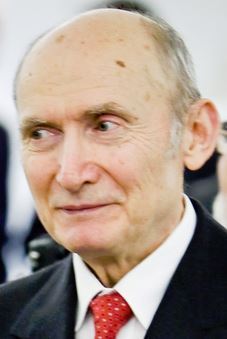
Gheorghe Săsărman spent his childhood and attended high-school in Cluj, Transylvania's capital-city. He studied architecture in Bucharest and after graduation was employed as a journalist, authoring articles on architecture and popular science. In 1978 he received his Ph.D. in the theory of architecture with the dissertation Function, Space, Architecture (later published as an essay). Politically constrained to abandon his activity as a media writer, he left Ceauşescu’s Romania in 1983 and settled in Munich, Germany, where he worked as a computer programmer and analyst. He is married, has a daughter and a son and has become a grandfather. After the fall of the communist regime (1989) he resumed his activity as a journalist, contributing to Romanian newspapers and magazines and to various publications of the Romanian diaspora texts later collected in the volume Between Parallel Mirrors (2009). Between 2006—2010, in Munich, he edited the review The Apposition, a sui-generis almanach written by Romanian-born men of culture living abroad. He is a member of the Professional Journalists’ Union and of the Romanian Writers' Union. Săsărman made his debut as a writer in 1962, when he won the first prize at a SF short-story contest organized for seven East-European countries. His first book, The Oracle (1969) grouped texts previously published in periodicals. His best-known work, Squaring the Circle (1975), clashed with the communist censorship, which cut out one quarter of its contents; also published in France (1994) and Spain (2010), this book is edited by Aqueduct Press, in Ursula K. Le Guin's excellent translation. A story in the volume Chimera (1979), "Algernon's Escape"—whose title paraphrases that of Daniel Keyes’s famous novel—brought the author the Europa Award at the Eurocon V Convention (1980). The novel 2000 (1982) was published in German in Munich, as Die Enklaven der Zeit (1986). After 1989, he resumed publishing fiction in his native country: the novels The Hemlock Cup (1994), South vs. North (2001), The Unparallelled Adventures of Anton Retegan and of His Secret Police File (2011), as well as the short-story collection Visions (2007). His play Deus ex Machina was staged in Munich (2005) and Bucharest (2006-2009). Săsărman has published short stories and novellas in magazines, anthologies and collective volumes in Romania, Germany, France, Italy, Spain, Poland, Hungary, Japan. In 2012, he was awarded the "Ion Hobana" Opera Omnia Prize by the Bucharest branch of the Writers' Union and the Romanian Society for Science Fiction and Fantasy.
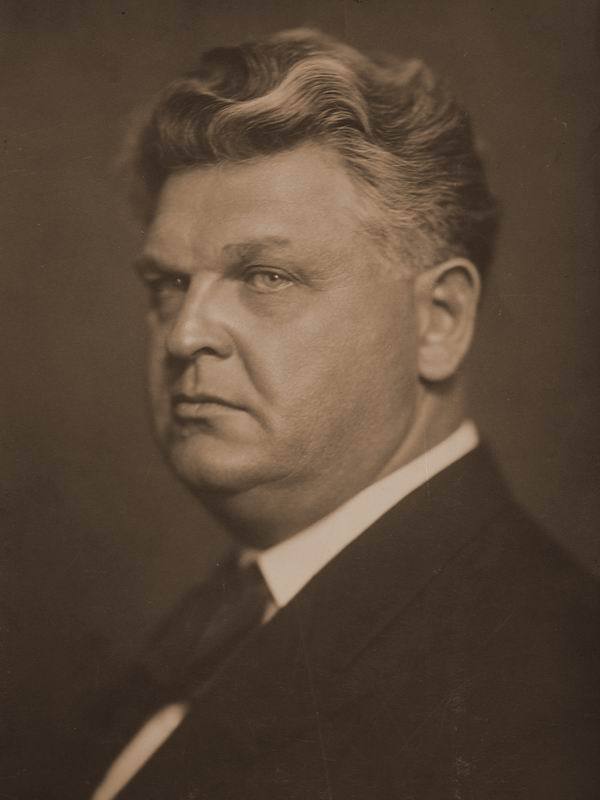
Mihail Sadoveanu was a Romanian novelist, short story writer, journalist and political figure, who twice served as acting head of state for the communist republic (1947–1948 and 1958). He is the most prolific novelist in Romanian literature and one of the most accomplished. All his major work, however, was written before the political changes in Romania following World War II. Although Sadoveanu remained a productive author after the war, like many other writers in communist countries, he had to adjust his aesthetic to meet the demands of the communist regime, and he wrote little of artistic value between 1945 and his death in 1961. Sadoveanu was born on 5 November 1880 in Pascani, a small town in Moldavia, to Alexandru and Profira (Ursachi) Sadoveanu. In Anii de Ucenicie (Years of Apprenticeship, 1944) Sadoveanu recalled his special affection for his mother, who was a gifted storyteller. Her death in 1895, when she was only thirty-four, deeply disturbed Sadoveanu. In 1900, after graduating from high school, he decided to study law in Bucharest, but he soon lost enthusiasm and started missing classes. Instead, he spent most of his time writing novels and plays. In 1901 Sadoveanu went to live in Falticeni and married Ecaterina Bâlu. Eventually the father of eleven children (including writers Profira Sadoveanu and Paul-Mihu Sadoveanu), Sadoveanu enjoyed a stable and quiet family life that was no doubt a positive influence on his writing.

Sir Arthur Ignatius Conan Doyle was born the third of ten siblings on 22 May 1859 in Edinburgh, Scotland. His father, Charles Altamont Doyle, a talented illustrator, was born in England of Irish descent, and his mother, born Mary Foley, was Irish. They were married in 1855. Although he is now referred to as "Conan Doyle", the origin of this compound surname (if that is how he meant it to be understood) is uncertain. His baptism record in the registry of St Mary's Cathedral in Edinburgh gives 'Arthur Ignatius Conan' as his Christian name, and simply 'Doyle' as his surname. It also names Michael Conan as his godfather. At the age of nine Conan Doyle was sent to the Roman Catholic Jesuit preparatory school, Hodder Place, Stonyhurst. He then went on to Stonyhurst College, leaving in 1875. From 1876 to 1881 he studied medicine at the University of Edinburgh. This required that he provide periodic medical assistance in the towns of Aston (now a district of Birmingham) and Sheffield. While studying, Conan Doyle began writing short stories. His first published story appeared in "Chambers' Edinburgh Journal" before he was 20. Following his graduation, he was employed as a ship's doctor on the SS Mayumba during a voyage to the West African coast. He completed his doctorate on the subject of tabes dorsalis in 1885. In 1885 Conan Doyle married Louisa (or Louise) Hawkins, known as "Touie". She suffered from tuberculosis and died on 4 July 1906. The following year he married Jean Elizabeth Leckie, whom he had first met and fallen in love with in 1897. Due to his sense of loyalty he had maintained a purely platonic relationship with Jean while his first wife was alive. Jean died in London on 27 June 1940. Conan Doyle fathered five children. Two with his first wife—Mary Louise (28 January 1889 – 12 June 1976), and Arthur Alleyne Kingsley, known as Kingsley (15 November 1892 – 28 October 1918). With his second wife he had three children—Denis Percy Stewart (17 March 1909 – 9 March 1955), second husband in 1936 of Georgian Princess Nina Mdivani (circa 1910 – 19 February 1987; former sister-in-law of Barbara Hutton); Adrian Malcolm (19 November 1910–3 June 1970) and Jean Lena Annette (21 December 1912–18 November 1997). Conan Doyle was found clutching his chest in the hall of Windlesham, his house in Crowborough, East Sussex, on 7 July 1930. He had died of a heart attack at age 71. His last words were directed toward his wife: "You are wonderful." The epitaph on his gravestone in the churchyard at Minstead in the New Forest, Hampshire, reads: STEEL TRUE BLADE STRAIGHT ARTHUR CONAN DOYLE KNIGHT PATRIOT, PHYSICIAN & MAN OF LETTERS Conan Doyle's house, Undershaw, located in Hindhead, south of London, where he had lived for a decade, had been a hotel and restaurant between 1924 and 2004. It now stands empty while conservationists and Conan Doyle fans fight to preserve it. A statue honours Conan Doyle at Crowborough Cross in Crowborough, where Conan Doyle lived for 23 years. There is also a statue of Sherlock Holmes in Picardy Place, Edinburgh, close to the house where Conan Doyle was born. Series: * Sherlock Holmes

Constantin Virgil Gheorghiu (September 15, 1916 in Războieni, Romania – June 22, 1992 in Paris, France) was a Romanian writer, best known for his 1949 novel, The 25th Hour. Virgil Gheorghiu was born in Valea Albă, a village in Războieni Commune, Neamţ County, in Romania. His father was an Orthodox priest in Petricani. A top student, he attended high school in Chişinău from 1928 to June 1936, after which he studied philosophy and theology at the University of Bucharest and at the Heidelberg University. He traveled and stayed in Saudi Arabia to learn the Arabic language and the Arab culture, before writing the biography of prophet Mohammed. The book was translated from Romanian to French and to Persian in Iran and in Urdu in Pakistan. Unfortunately, this book was never translated into English. Its Hindi translation is being printed in India and expected to be available by Jan. 2020, with the Hindi title saying "A prophet you do not know". Between 1942 and 1943, during the regime of General Ion Antonescu, he served in the Ministry of Foreign Affairs of Romania as an embassy secretary. He went into exile when Soviet troops entered Romania in 1944. Arrested at the end of World War II by American troops, he eventually settled in France in 1948. A year later, he published the novel Ora 25 (in French: La vingt-cinquième heure; in English: The Twenty-Fifth Hour), written during his captivity. Gheorghiu was ordained a priest of the Romanian Orthodox Church in Paris on May 23, 1963. In 1966, Patriarch Justinian awarded him the cross of the Romanian Patriarchate for his liturgical and literary activities.
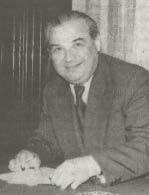
Prozator și publicist, autorul a numeroase lucrări de proză scurtă, romane, antologii de anticipație, articole și memorialistică. A debutat in 1937 cu proza scurta in revista Colt de tara din Timisoara. Colaboreaza ulterior la revista Colt de tara, Fruncea, Romanul, Faclia, Scrisul banatean. Orizont, Romania literara etc. Debuteaza editorial, tot in 1937, cu volum de schite Cadavrul ambulant. Source Wikipedia
Critic și istoric literar român, considerat unul dintre cei mai importanți istorici literari români postbelici. Între 1947 - 1951 a fost editor al revistei "Contemporanul", între 1951 - 1953 a lucrat la Editura Didactică și Pedagogică, la revistele Viața Românească și Gazeta literară, unde a fost redactor șef adjunct între 1963-1966. Autor al "Istoriei literaturii române între cele două războaie mondiale", vol I-III (1967-1975). A practicat și critica de întâmpinare și a lansat o serie de prozatori postmoderniști tineri. A condus cenaclul de proză "Junimea", și a publicat antologia Desant '83. A jucat un rol activ în fandom-ul românesc, inclusiv scriind literatură fantastică si de anticipație.

Herbert George Wells was born to a working class family in Kent, England. Young Wells received a spotty education, interrupted by several illnesses and family difficulties, and became a draper's apprentice as a teenager. The headmaster of Midhurst Grammar School, where he had spent a year, arranged for him to return as an "usher," or student teacher. Wells earned a government scholarship in 1884, to study biology under Thomas Henry Huxley at the Normal School of Science. Wells earned his bachelor of science and doctor of science degrees at the University of London. After marrying his cousin, Isabel, Wells began to supplement his teaching salary with short stories and freelance articles, then books, including The Time Machine (1895), The Island of Dr. Moreau (1896), The Invisible Man (1897), and The War of the Worlds (1898). Wells created a mild scandal when he divorced his cousin to marry one of his best students, Amy Catherine Robbins. Although his second marriage was lasting and produced two sons, Wells was an unabashed advocate of free (as opposed to "indiscriminate") love. He continued to openly have extra-marital liaisons, most famously with Margaret Sanger, and a ten-year relationship with the author Rebecca West, who had one of his two out-of-wedlock children. A one-time member of the Fabian Society, Wells sought active change. His 100 books included many novels, as well as nonfiction, such as A Modern Utopia (1905), The Outline of History (1920), A Short History of the World (1922), The Shape of Things to Come (1933), and The Work, Wealth and Happiness of Mankind (1932). One of his booklets was Crux Ansata, An Indictment of the Roman Catholic Church. Although Wells toyed briefly with the idea of a "divine will" in his book, God the Invisible King (1917), it was a temporary aberration. Wells used his international fame to promote his favorite causes, including the prevention of war, and was received by government officials around the world. He is best-remembered as an early writer of science fiction and futurism. He was also an outspoken socialist. Wells and Jules Verne are each sometimes referred to as "The Fathers of Science Fiction". D. 1946. More: http://philosopedia.org/index.php/H.\_... http://www.online-literature.com/well... http://www.hgwellsusa.50megs.com/ http://www.britannica.com/EBchecked/t... http://en.wikipedia.org/wiki/H.\_G.\_Wells

Friedrich Dürrenmatt (1921 – 1990) was a Swiss author and dramatist. Dürrenmatt was born in the Emmental (canton of Bern), the son of a Protestant pastor. His grandfather Ulrich Dürrenmatt was a conservative politician. The family moved to Bern in 1935. Dürrenmatt began to study philosophy and German language and literature at the University of Zurich in 1941, but moved to the University of Bern after one semester. In 1943 he decided to become an author and dramatist and dropped his academic career. In 1945-46, he wrote his first play, "It is written". On October 11 1946 he married actress Lotti Geissler. She died in 1983 and Dürrenmatt was married again to another actress, Charlotte Kerr, the following year. He was a proponent of epic theater whose plays reflected the recent experiences of World War II. The politically active author gained fame largely due to his avant-garde dramas, philosophically deep crime novels, and often macabre satire. One of his leading sentences was: "A story is not finished, until it has taken the worst turn". Dürrenmatt was a member of the Gruppe Olten.
